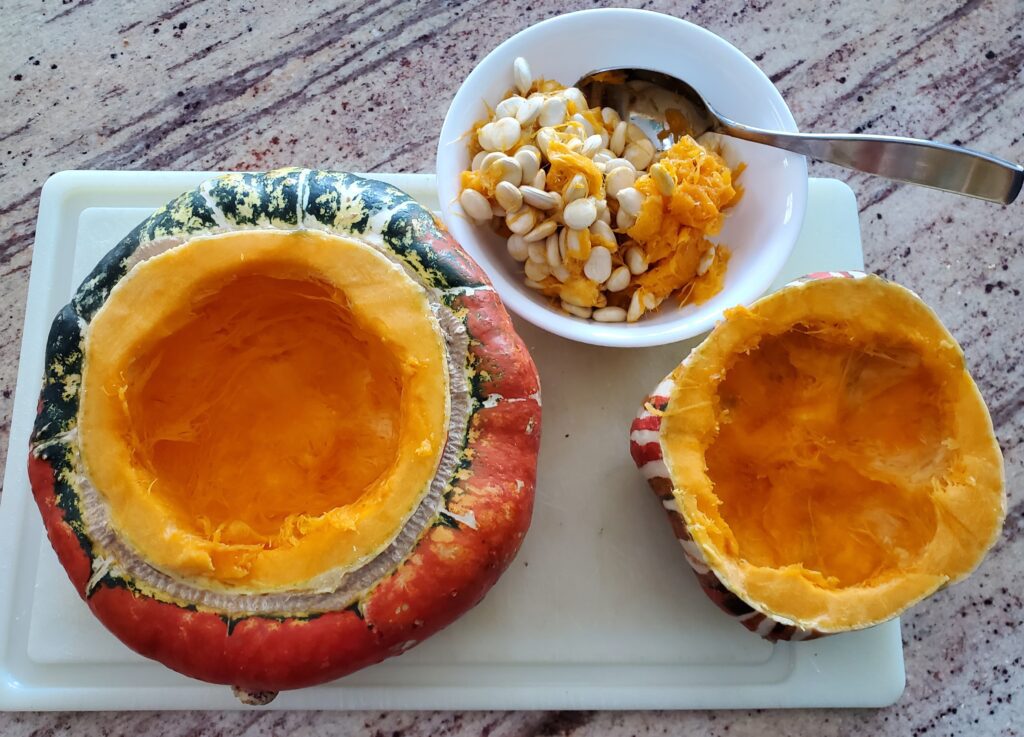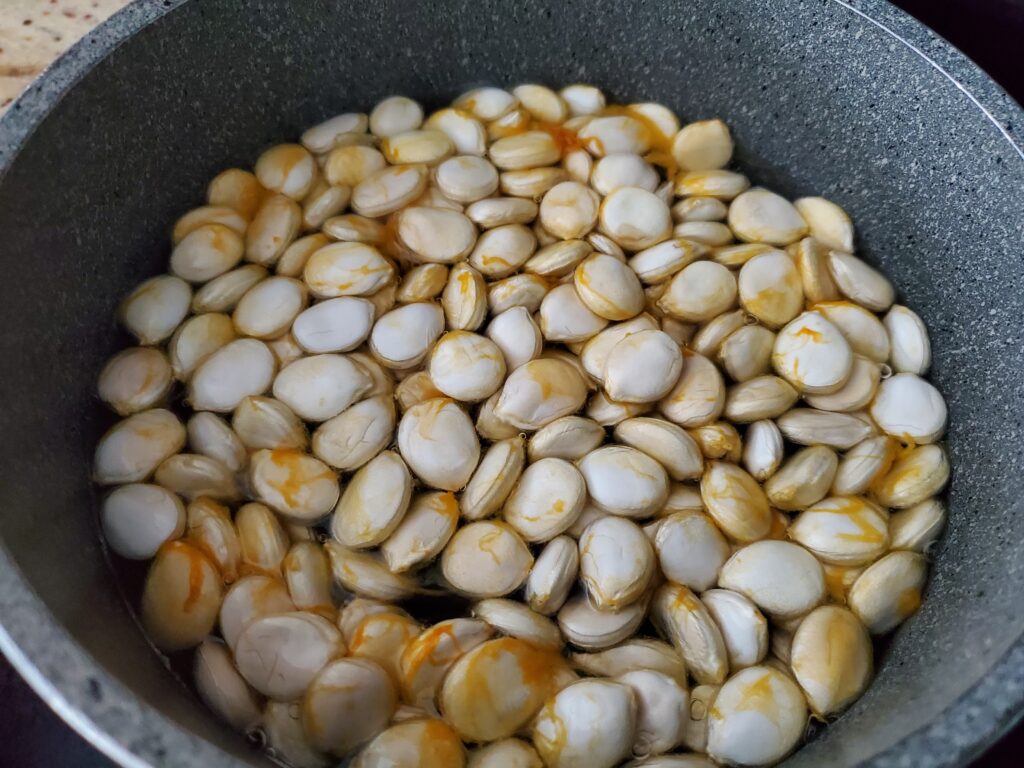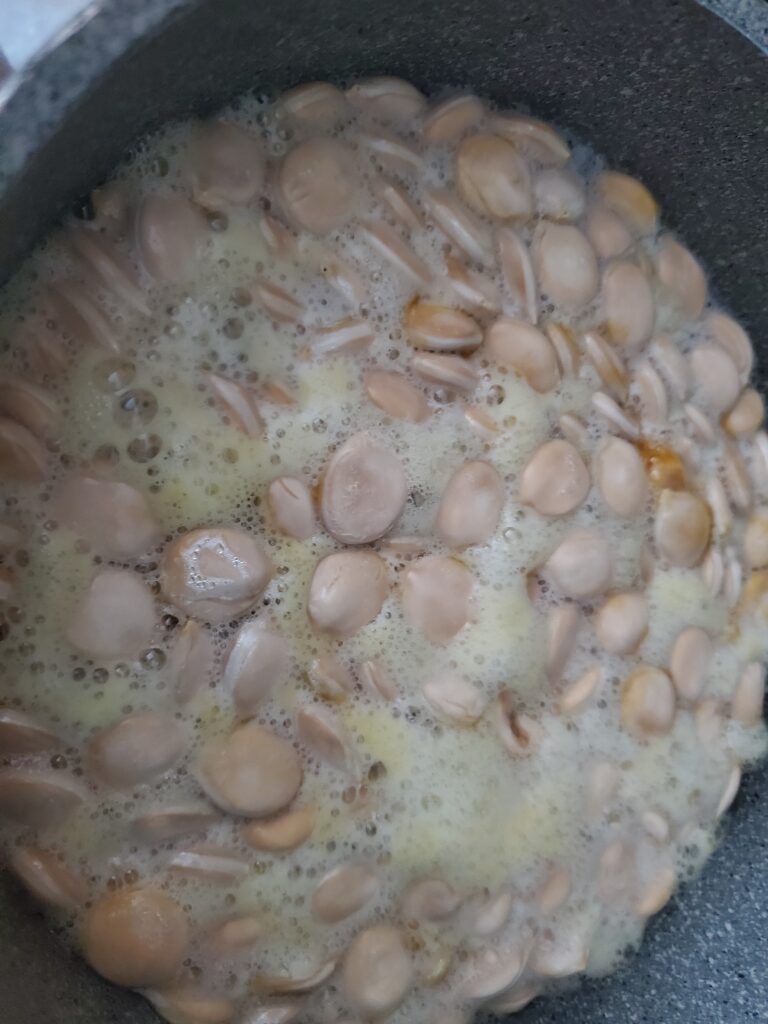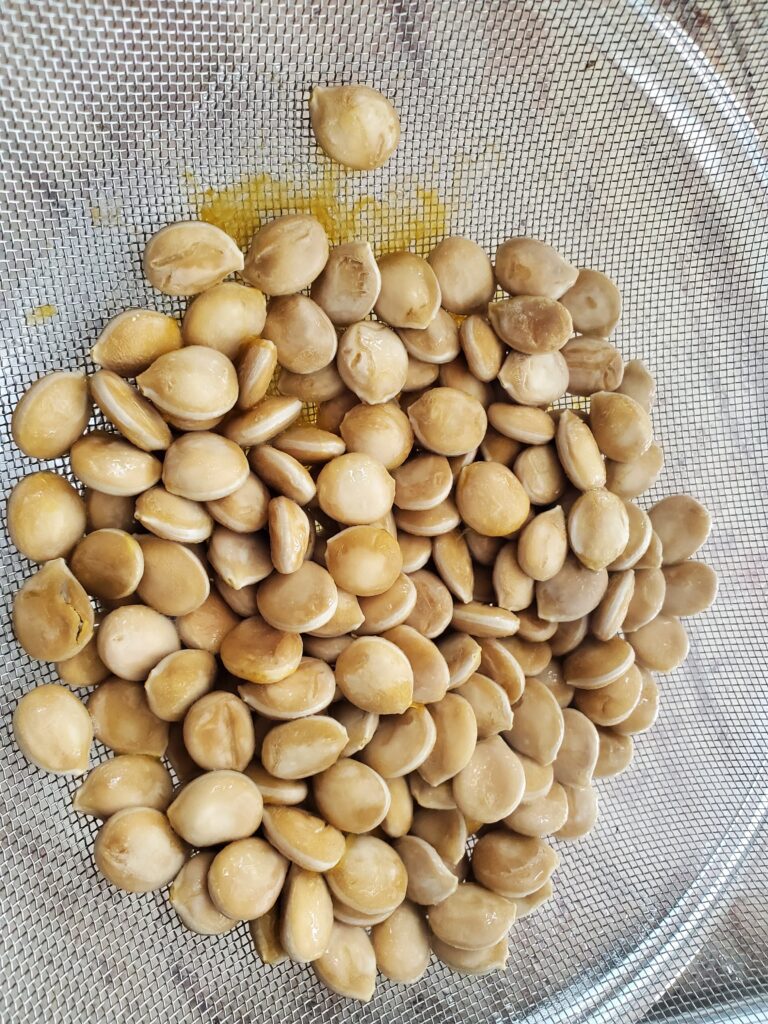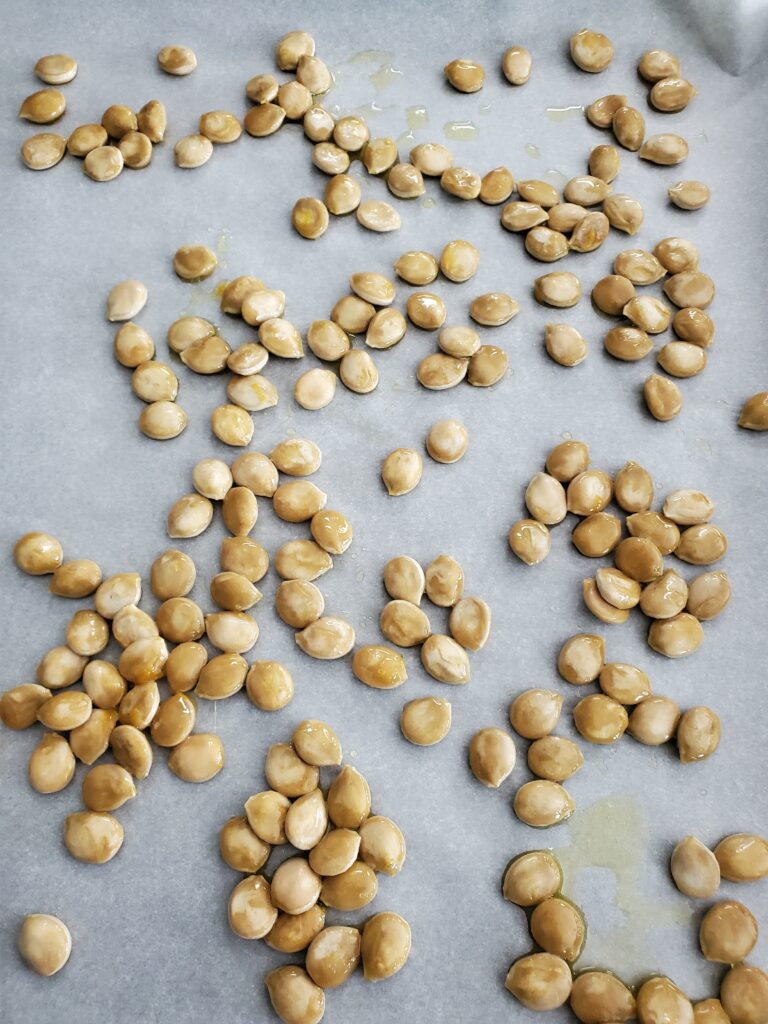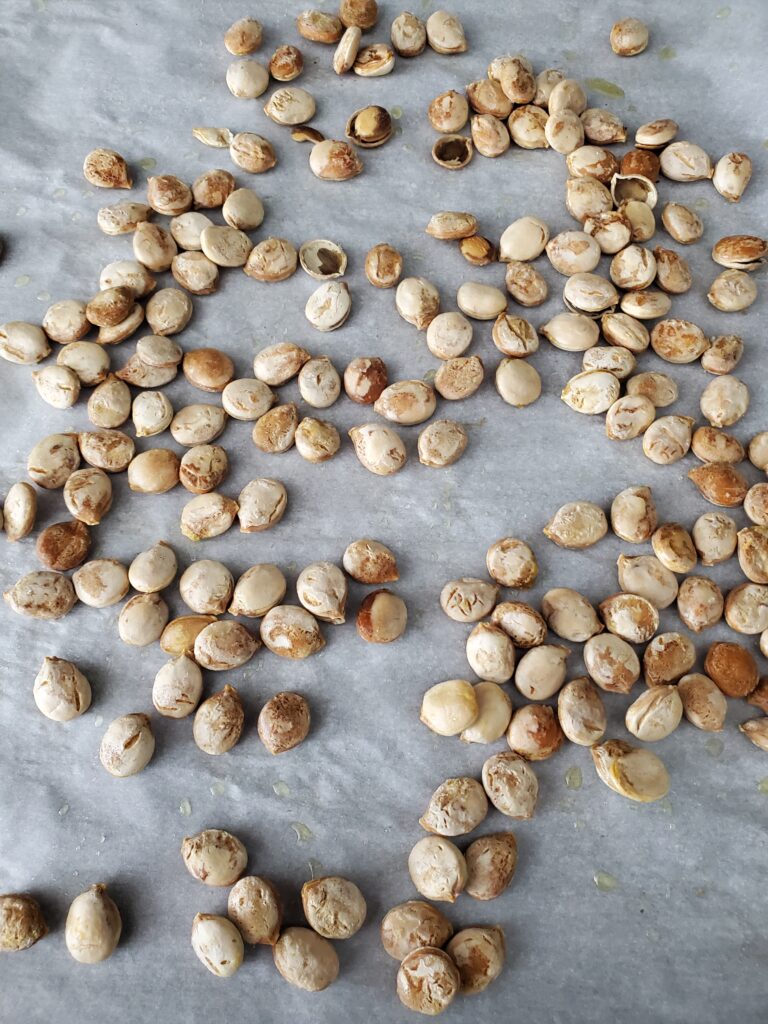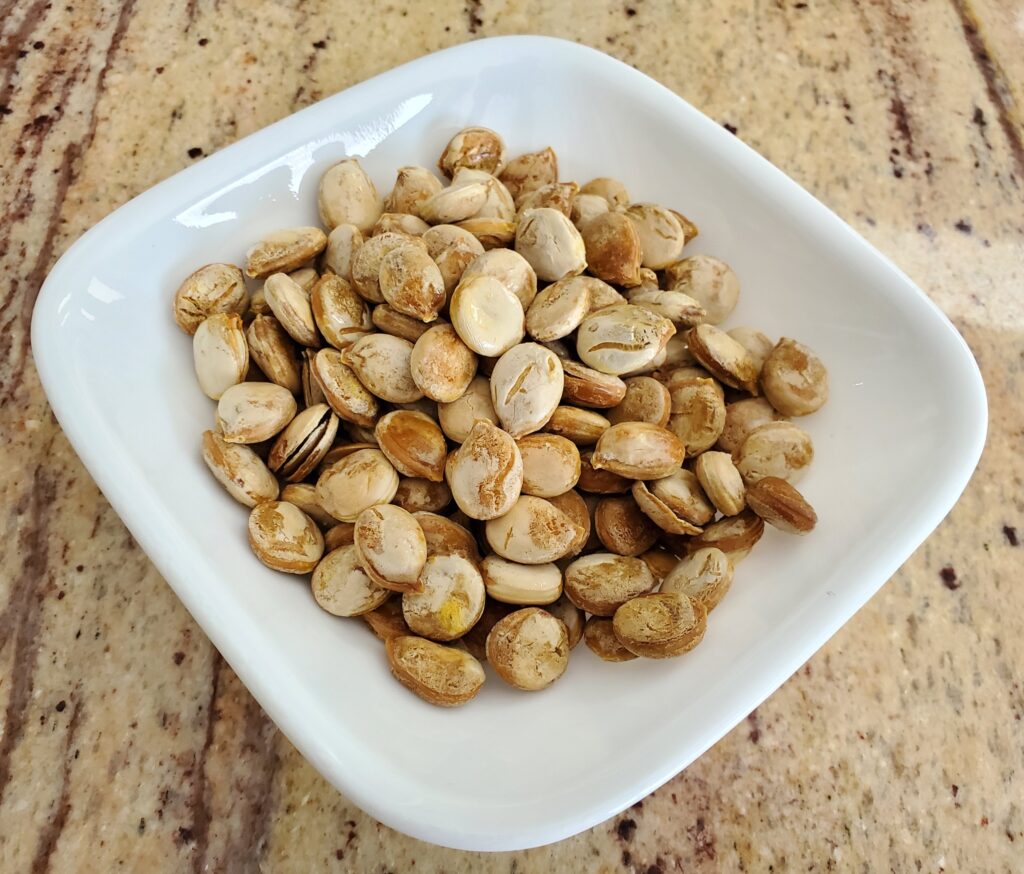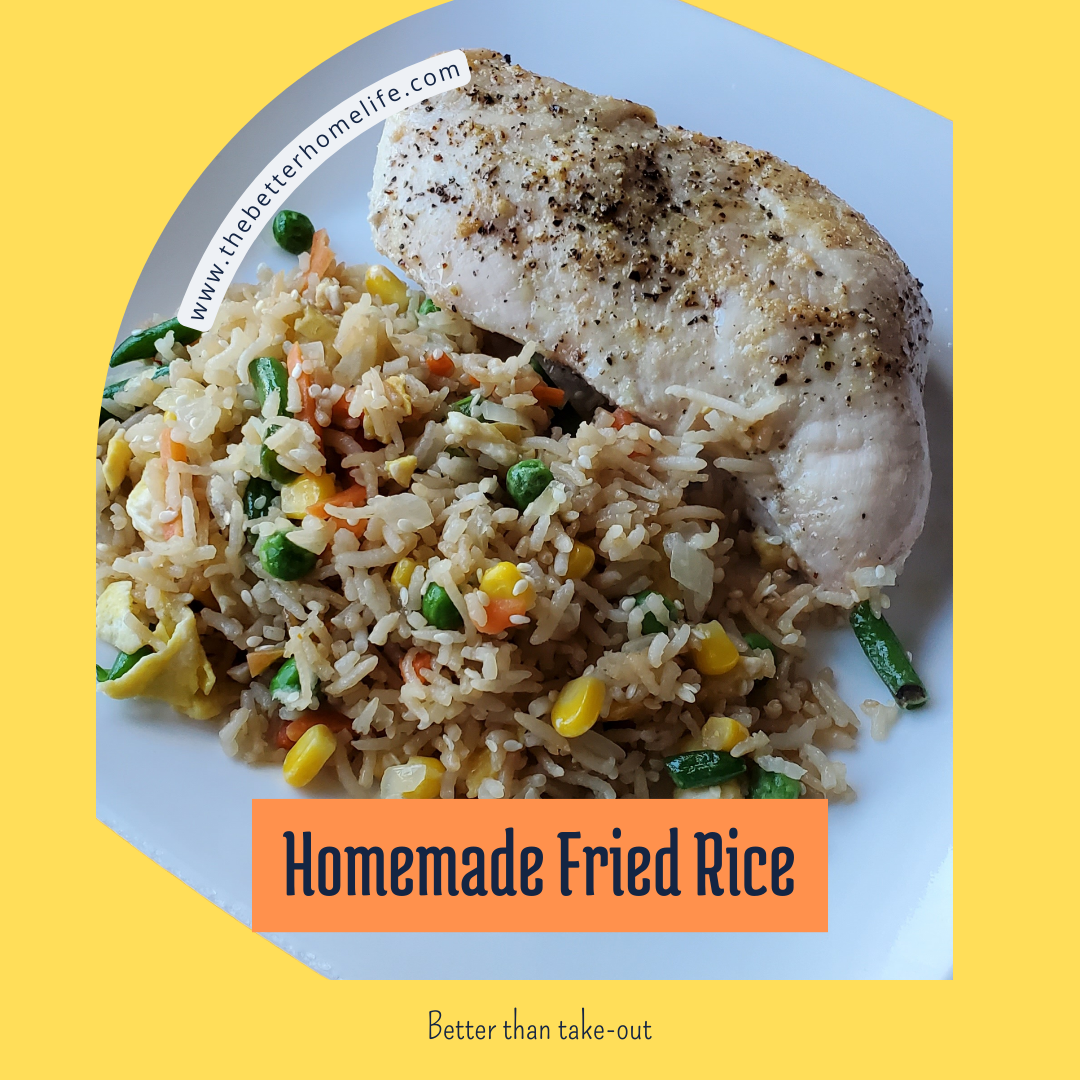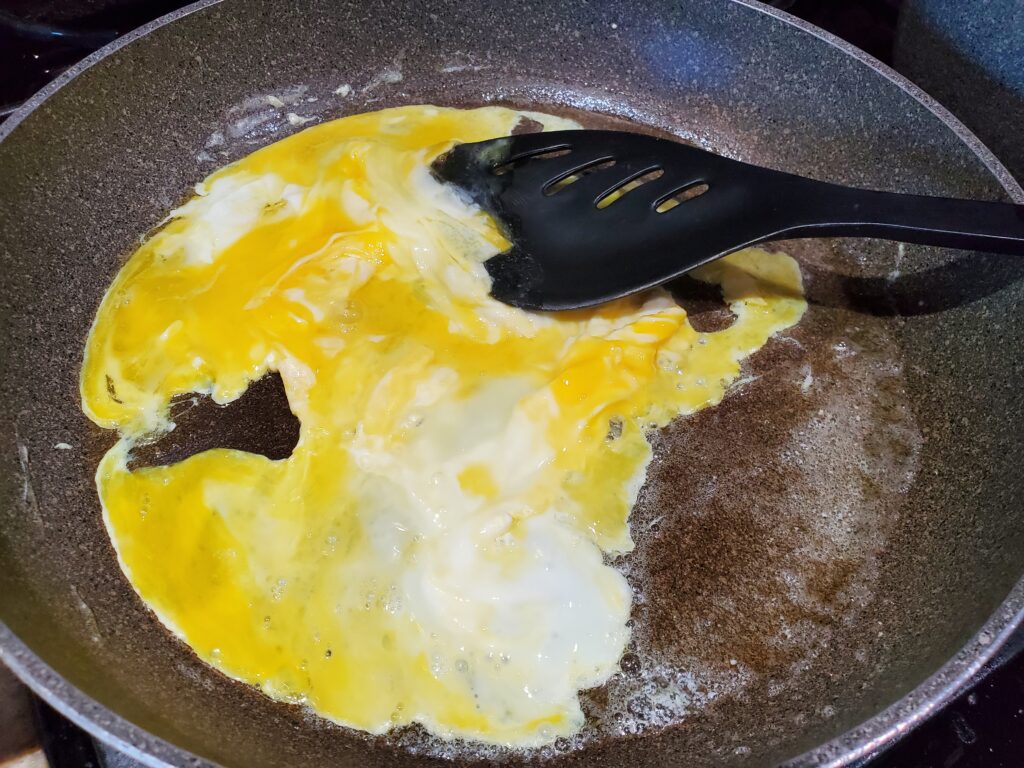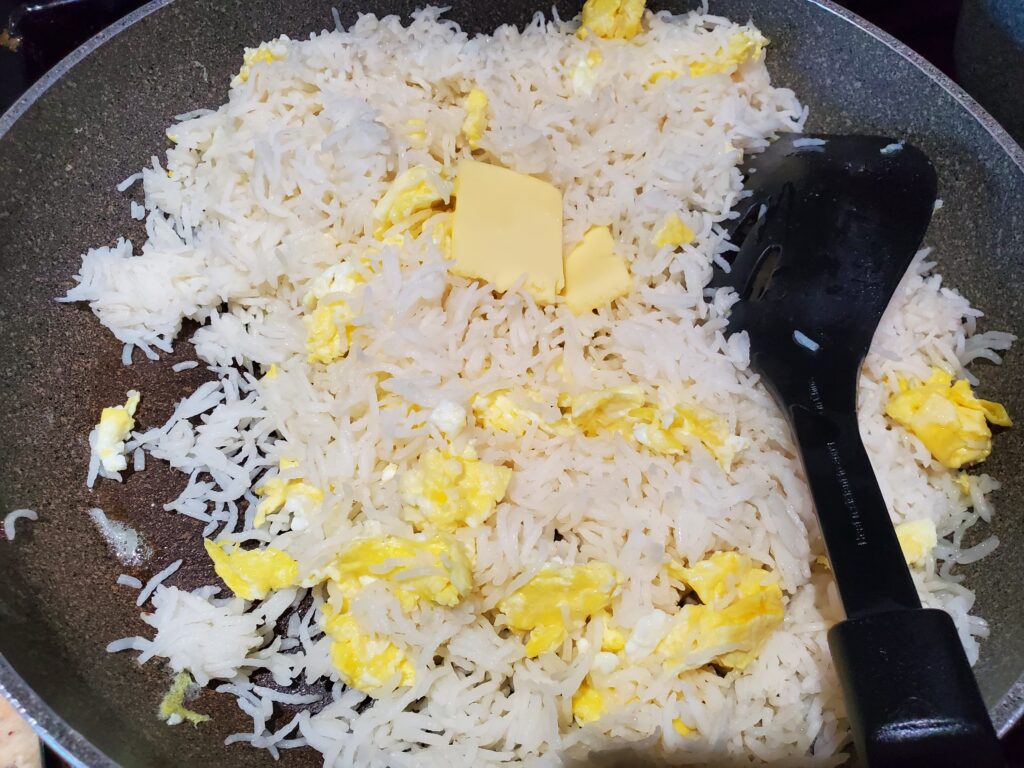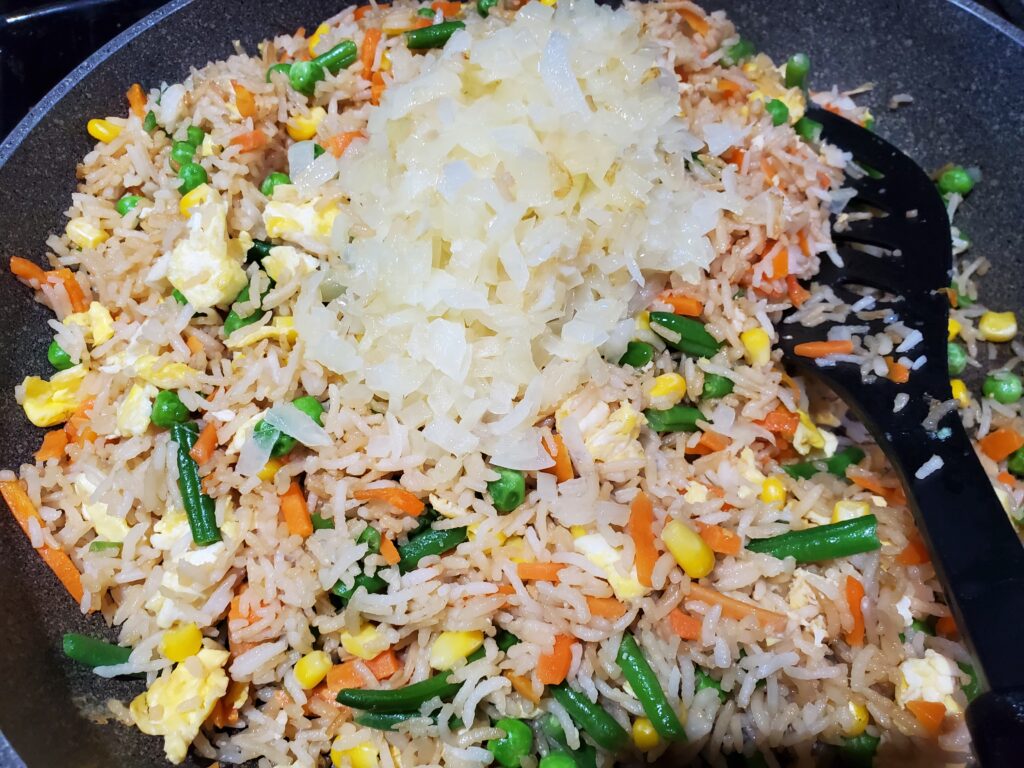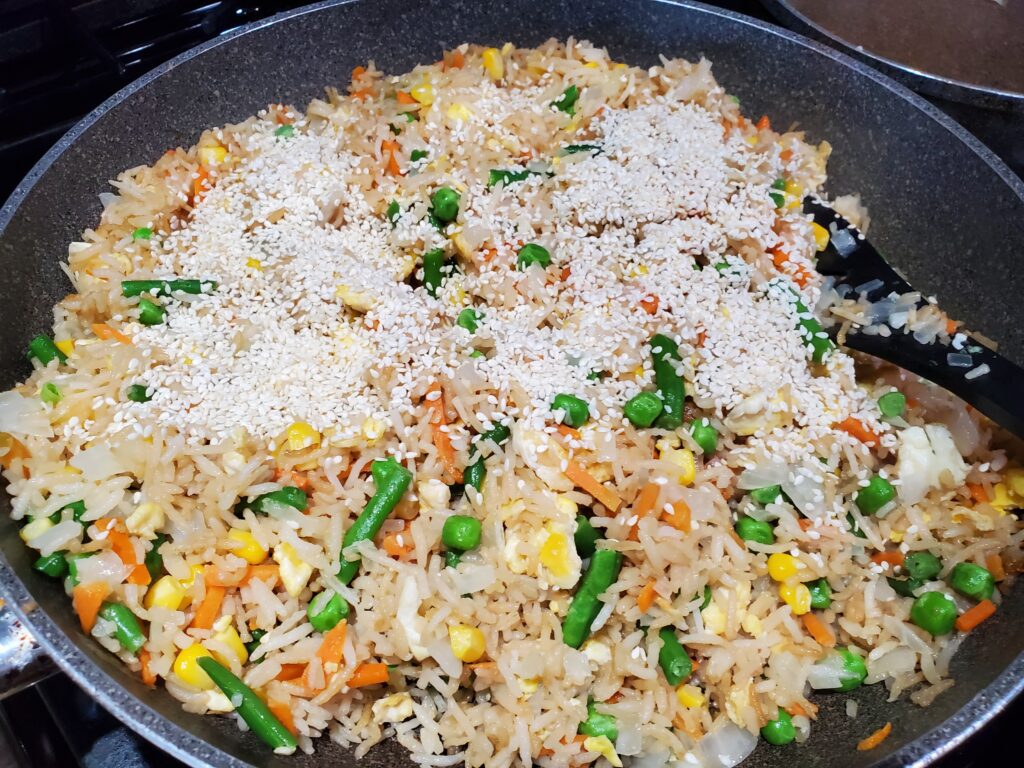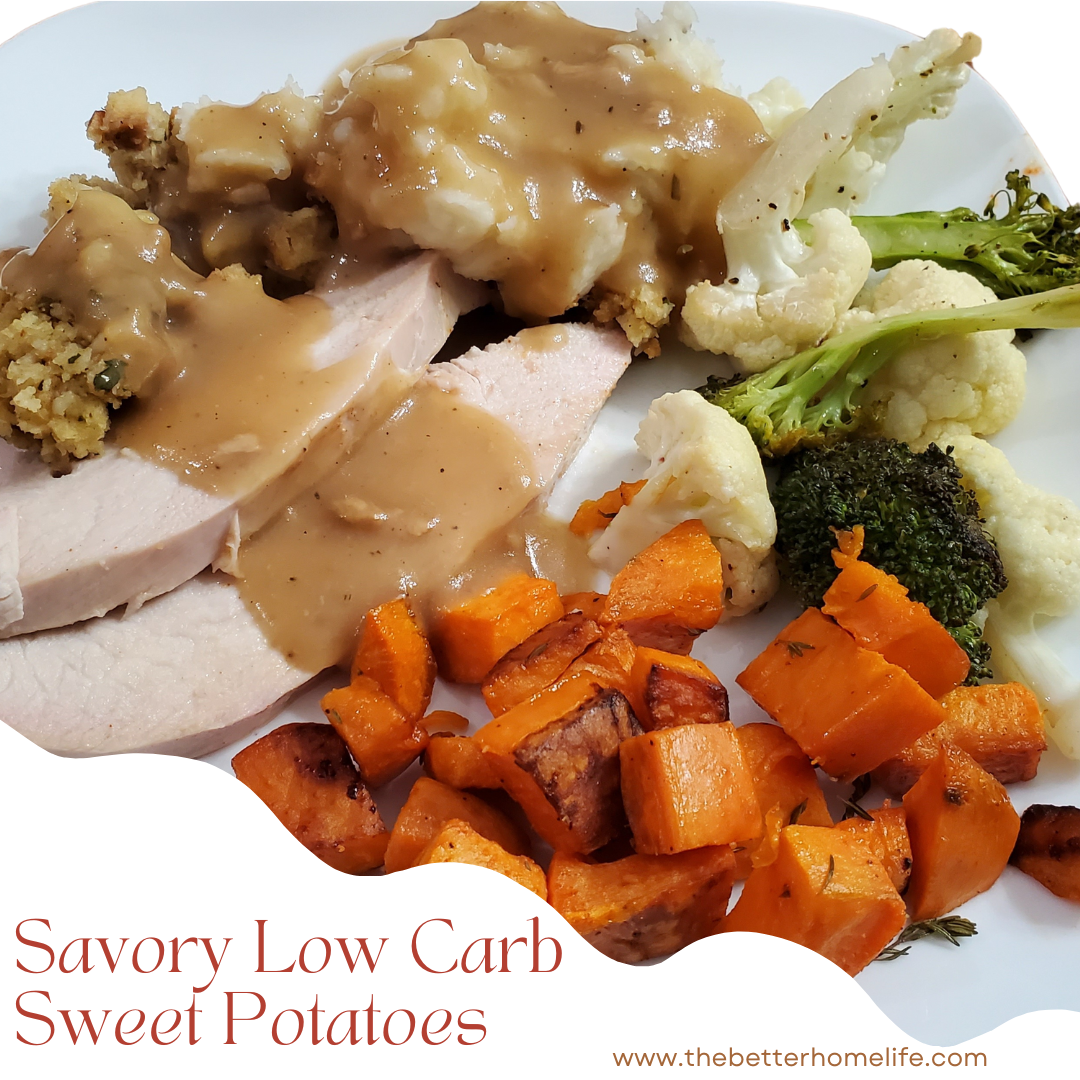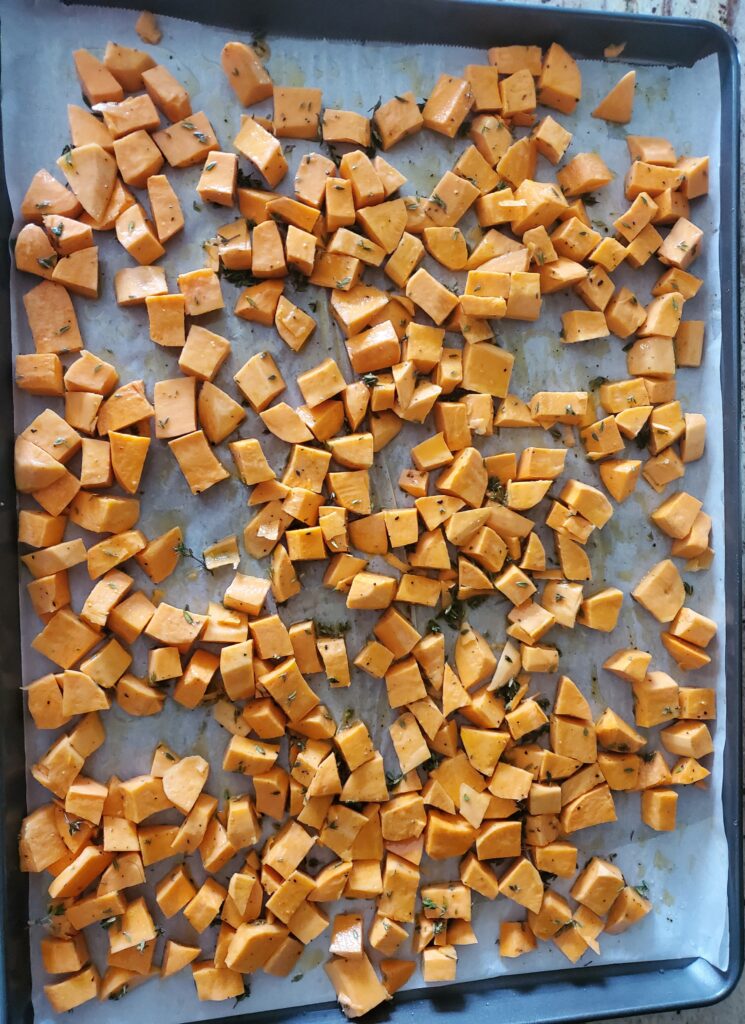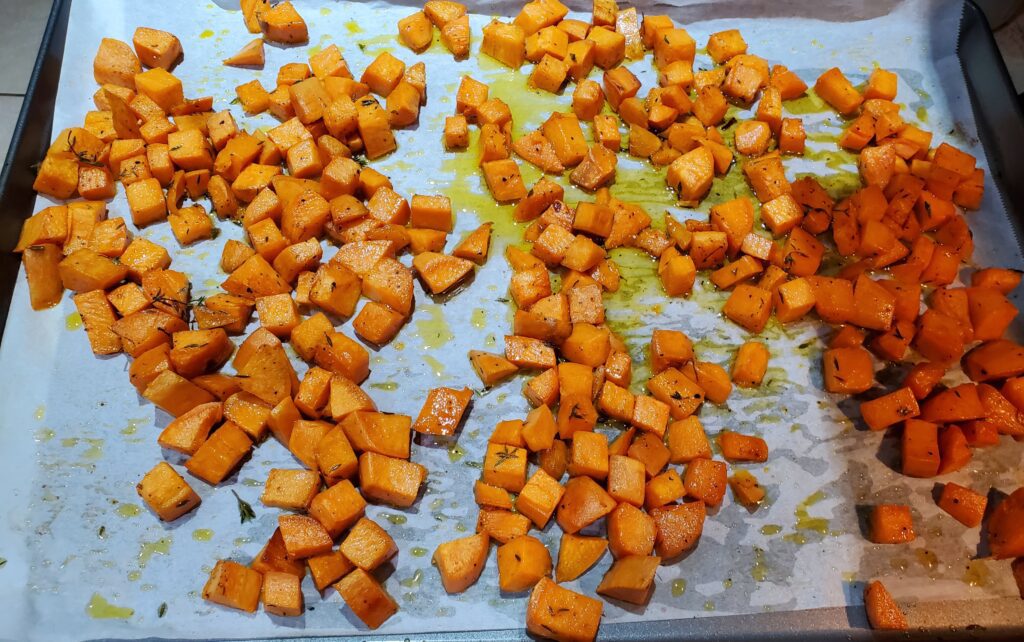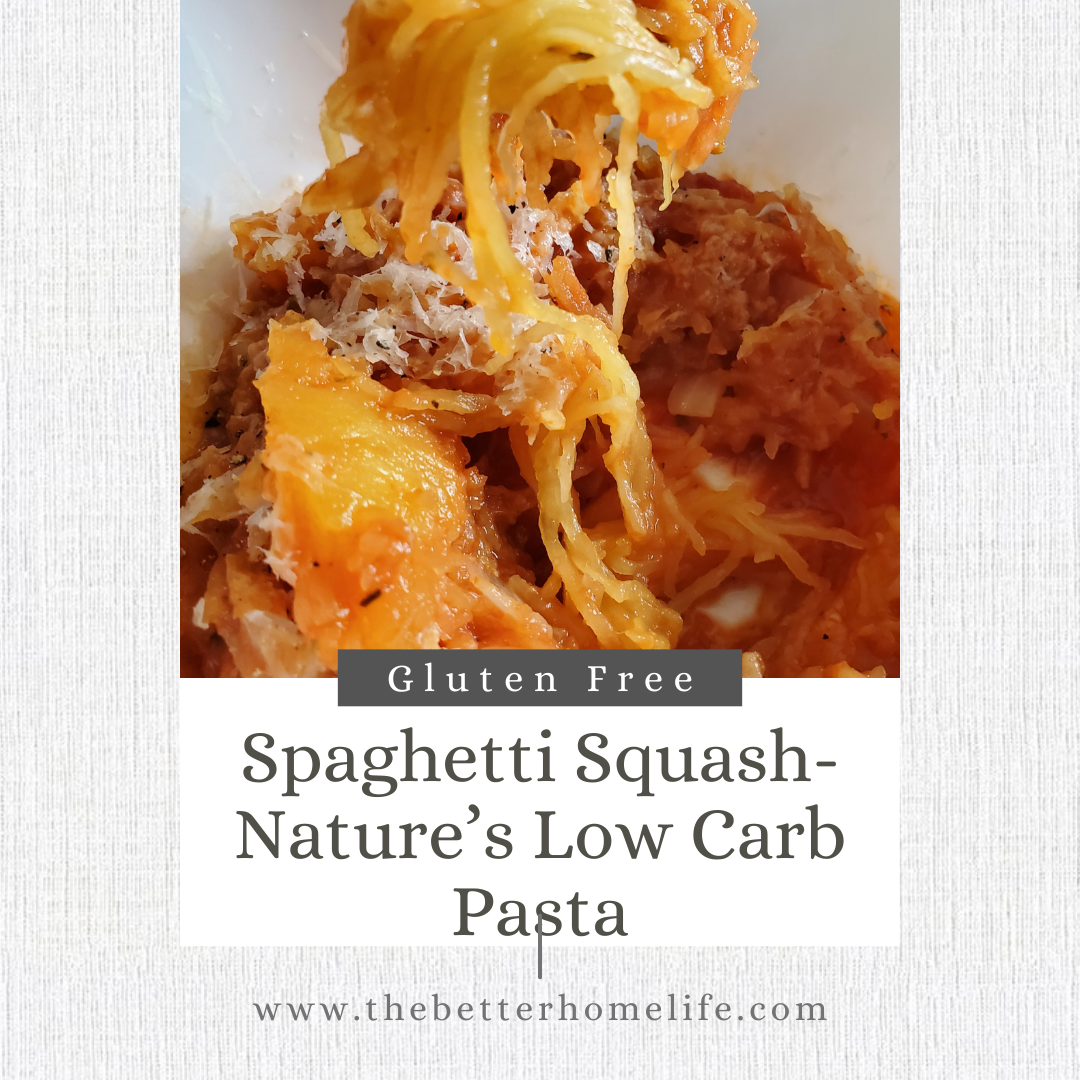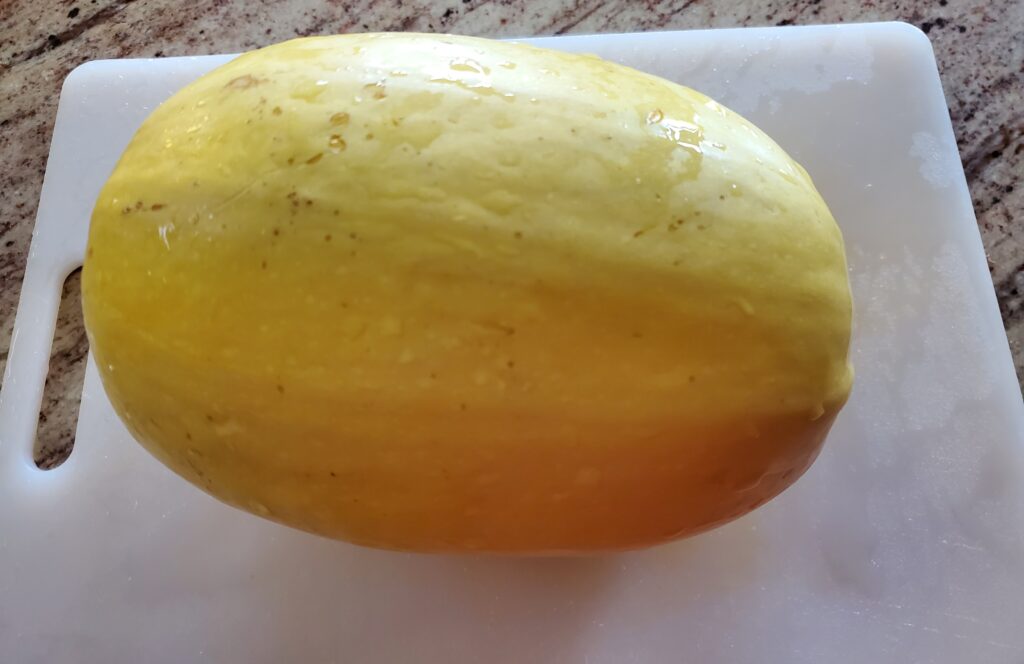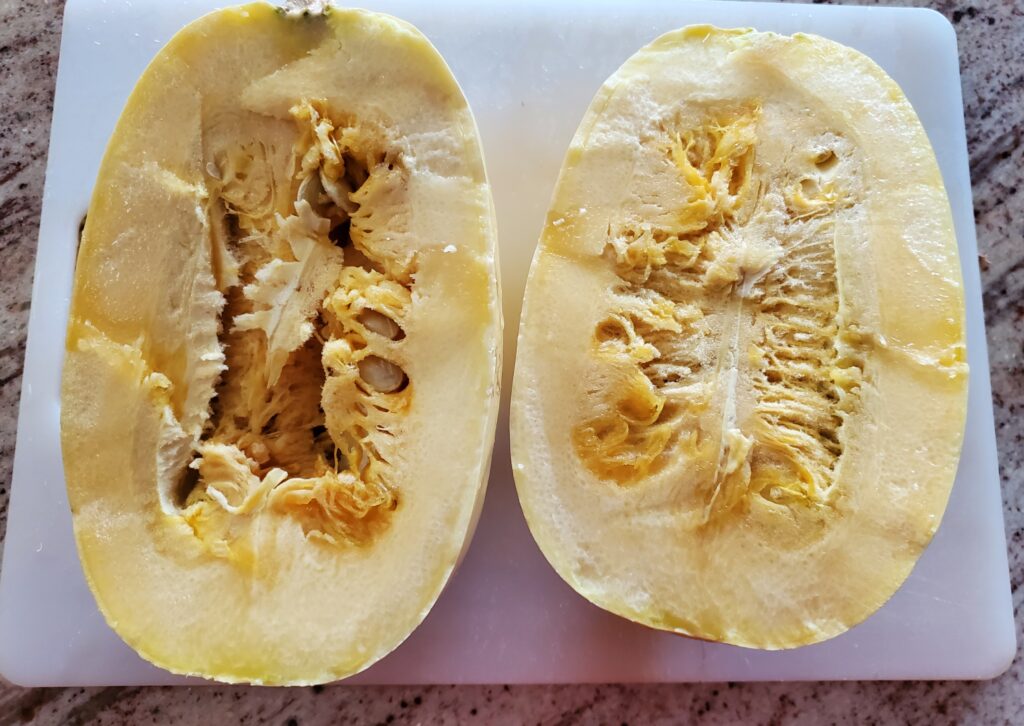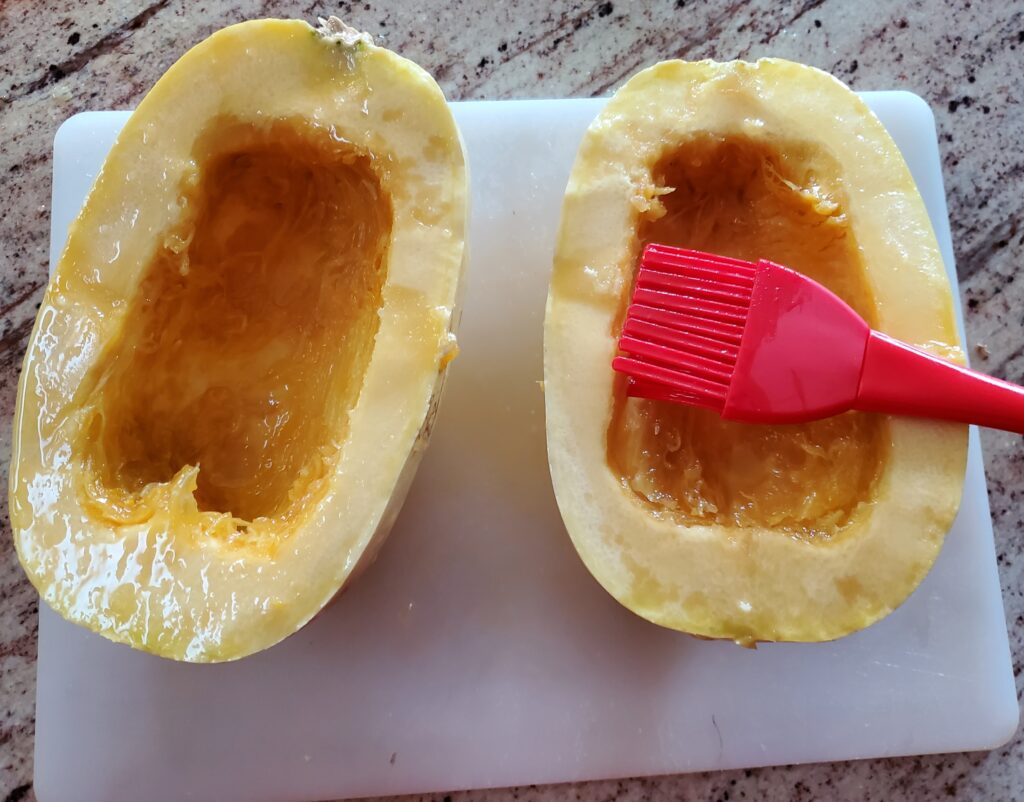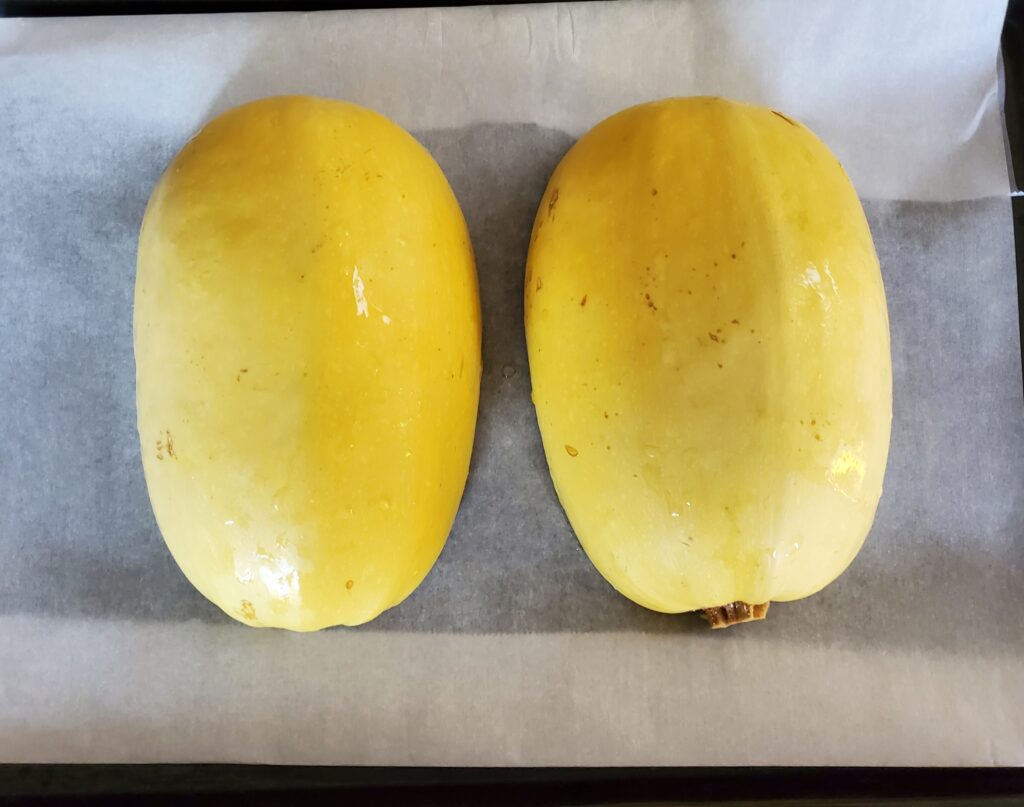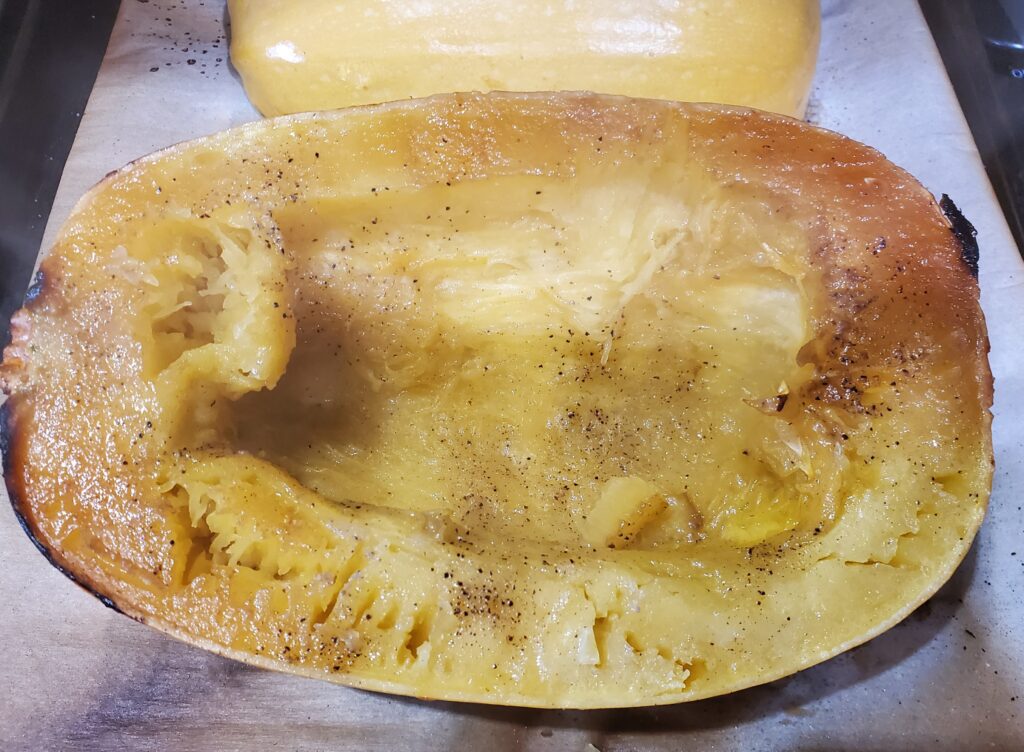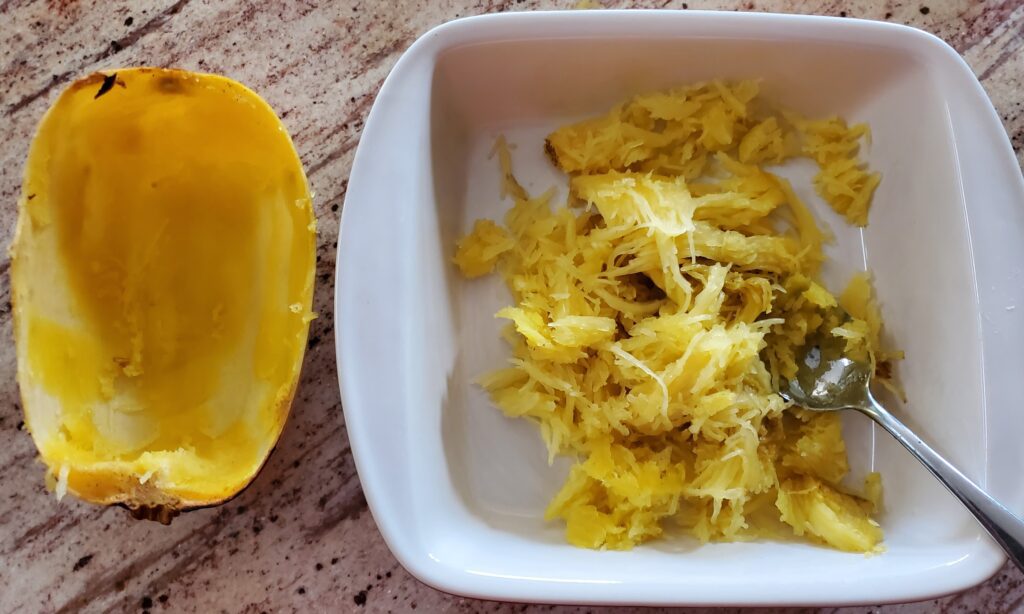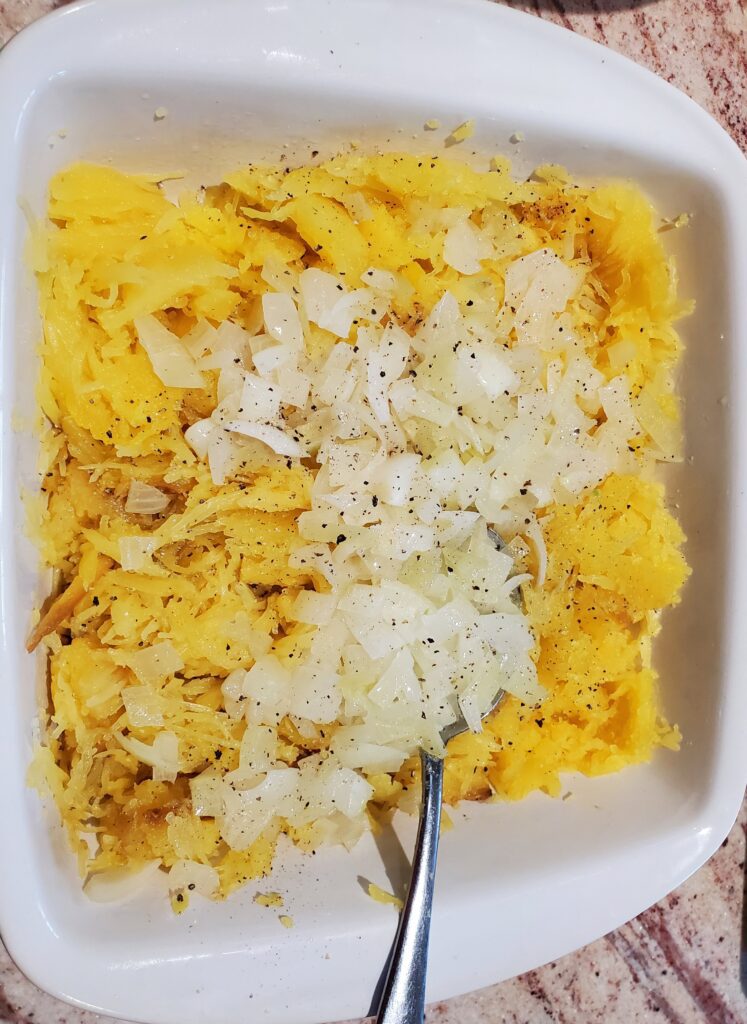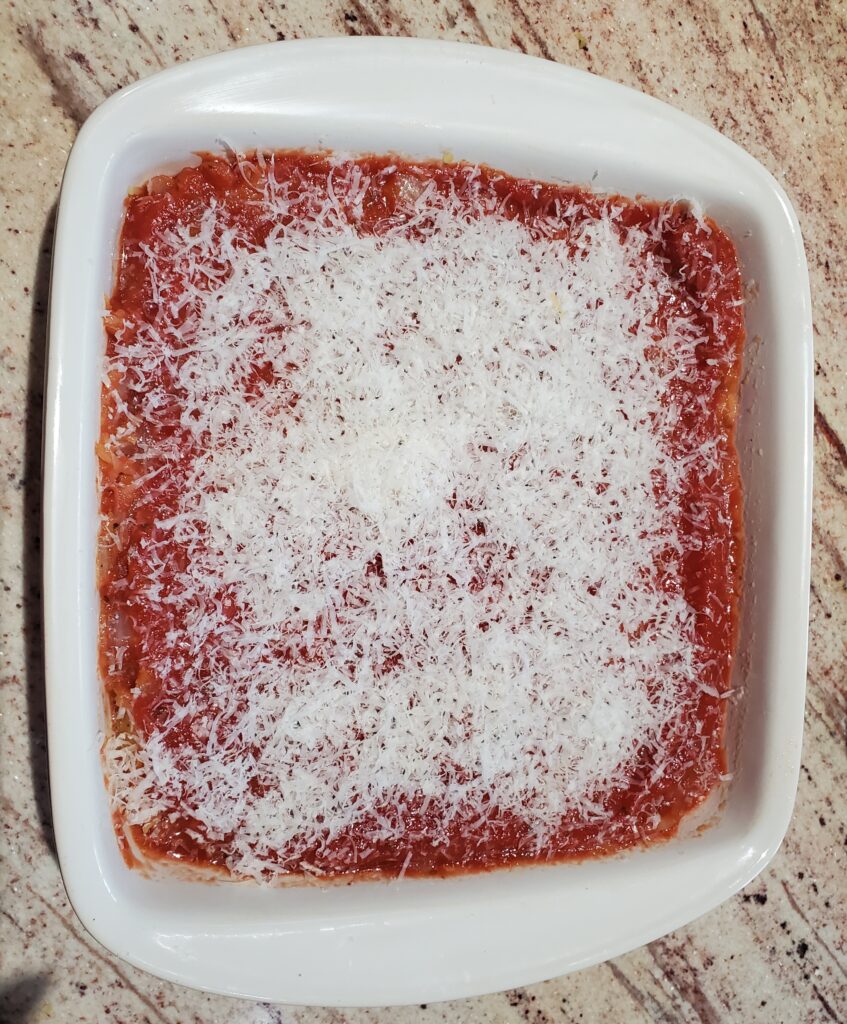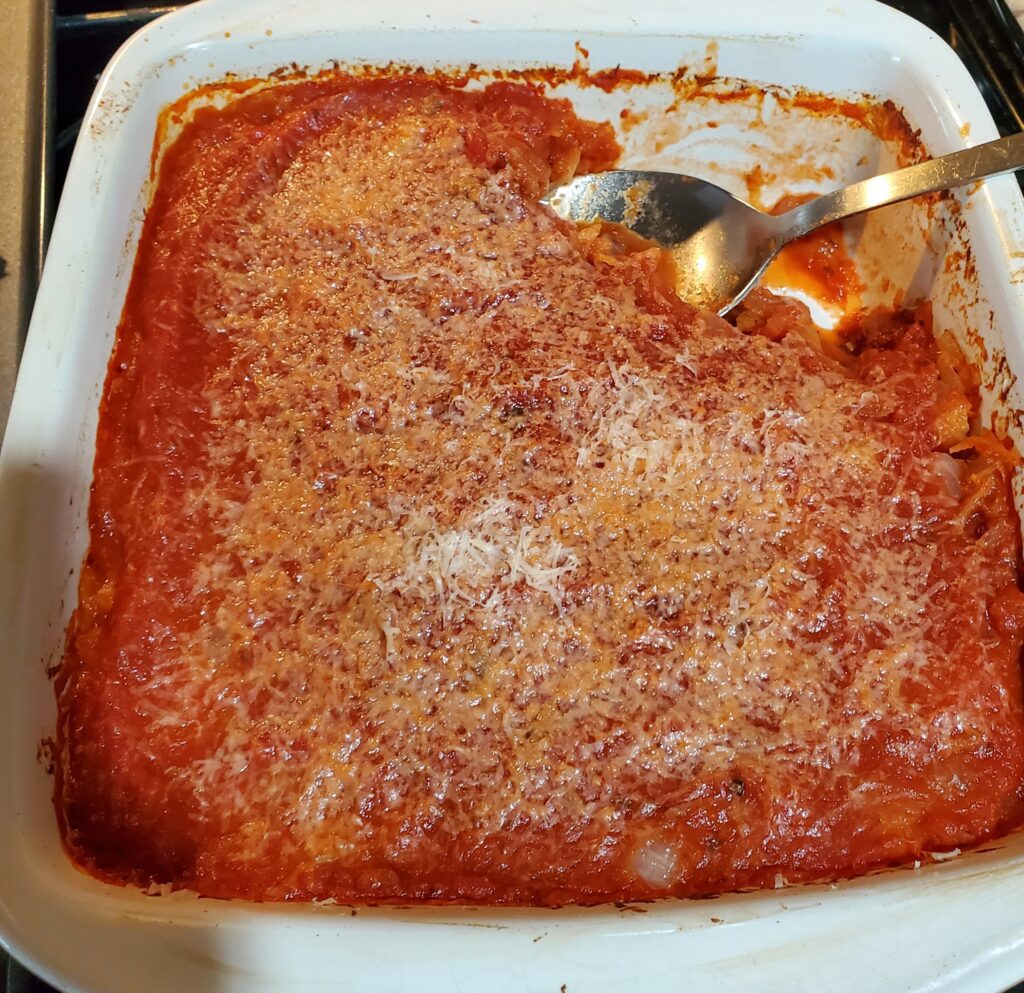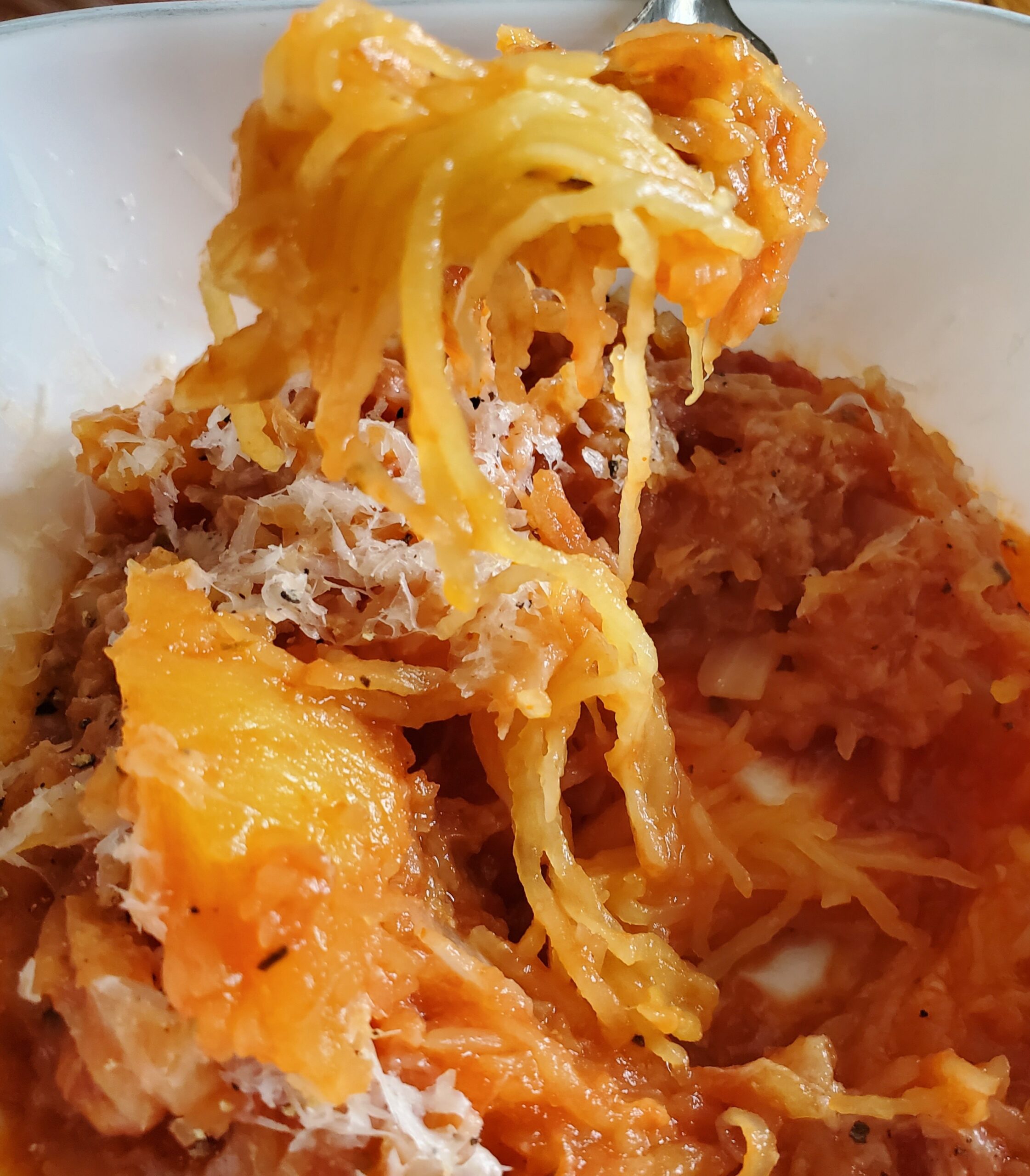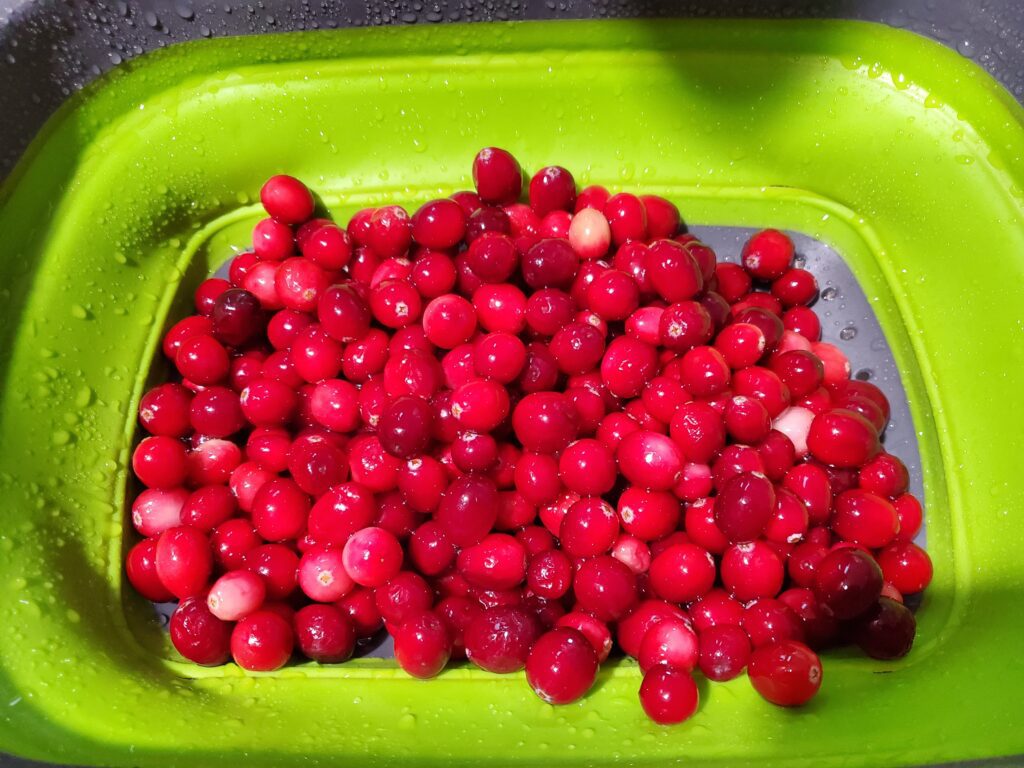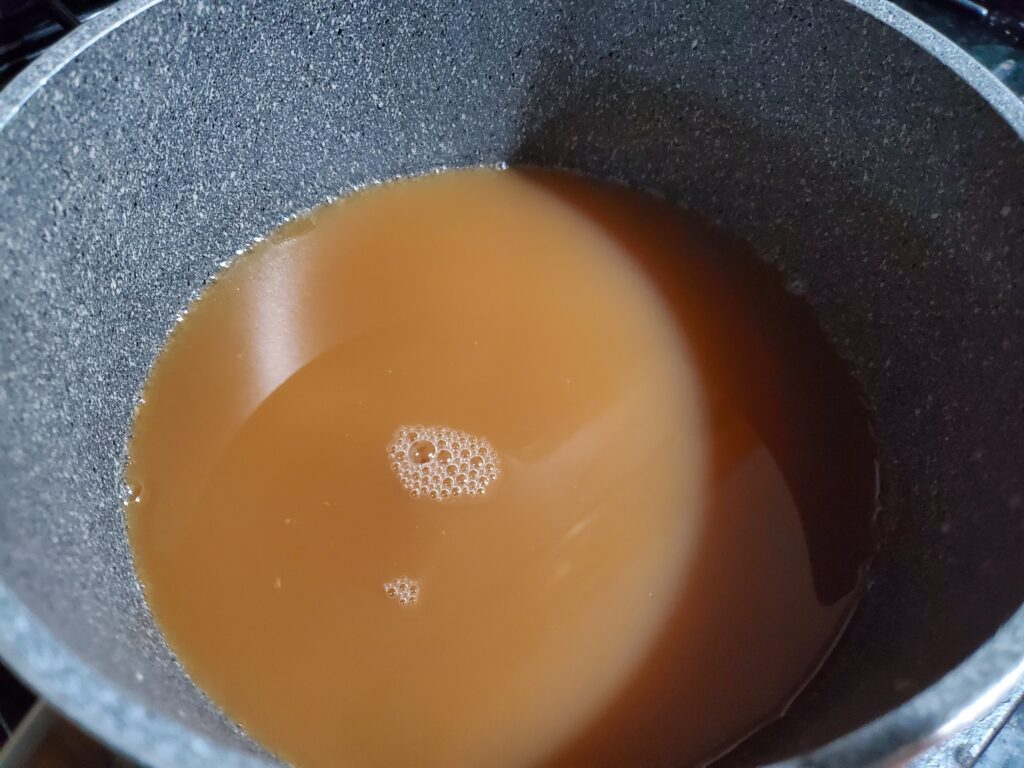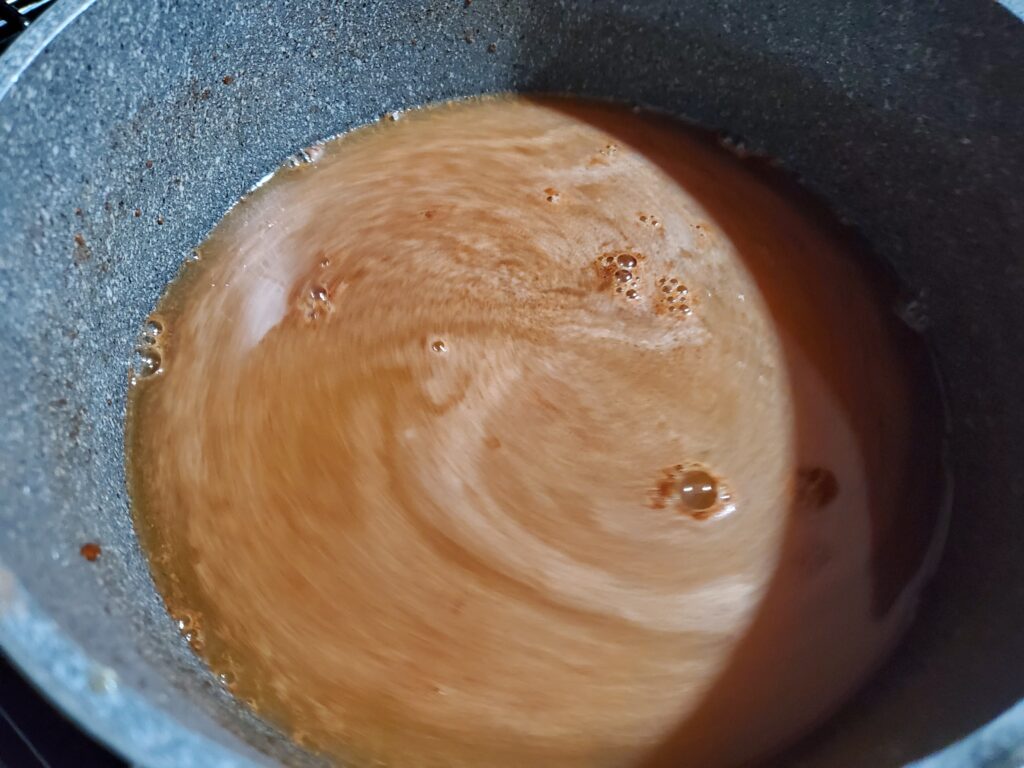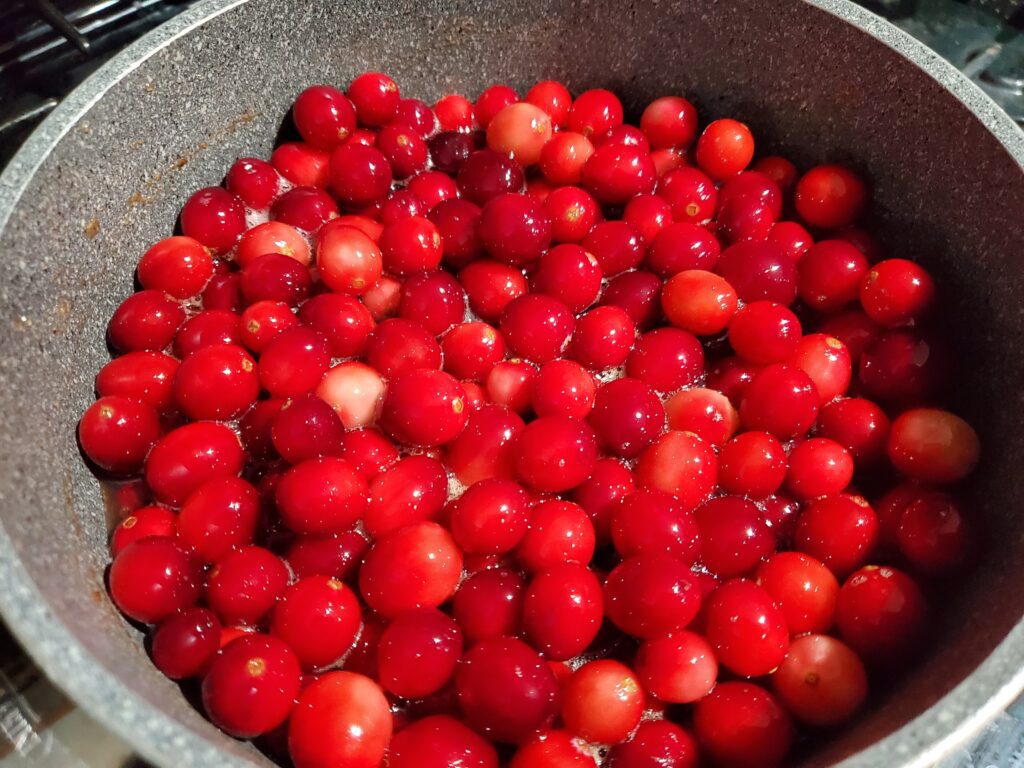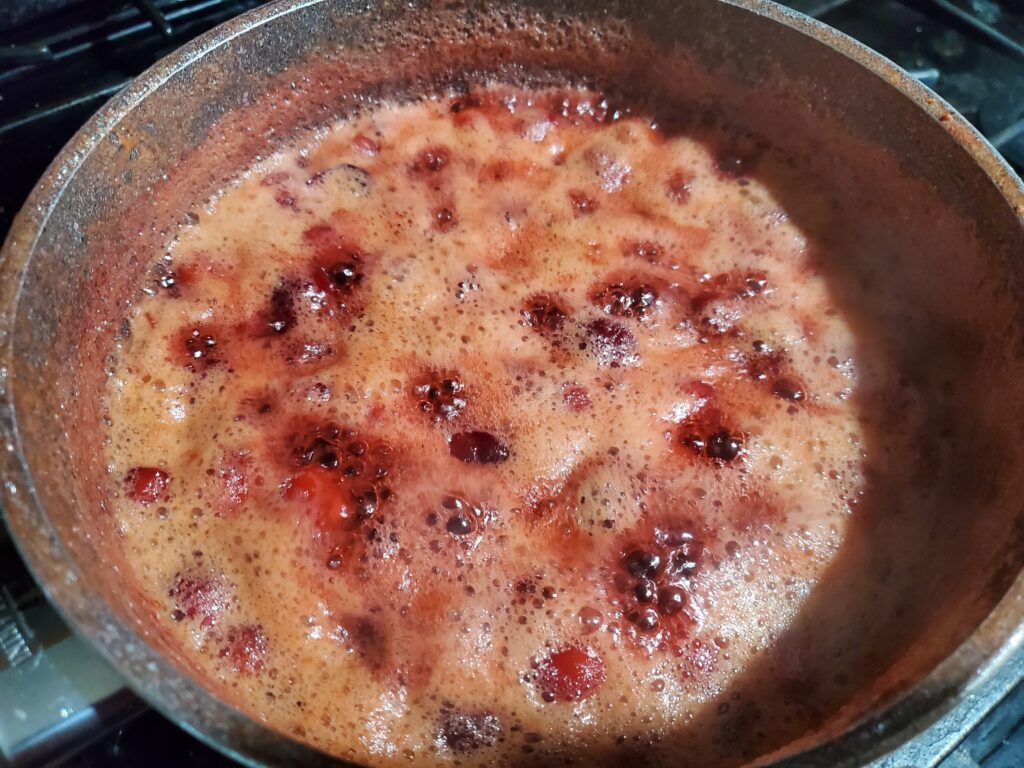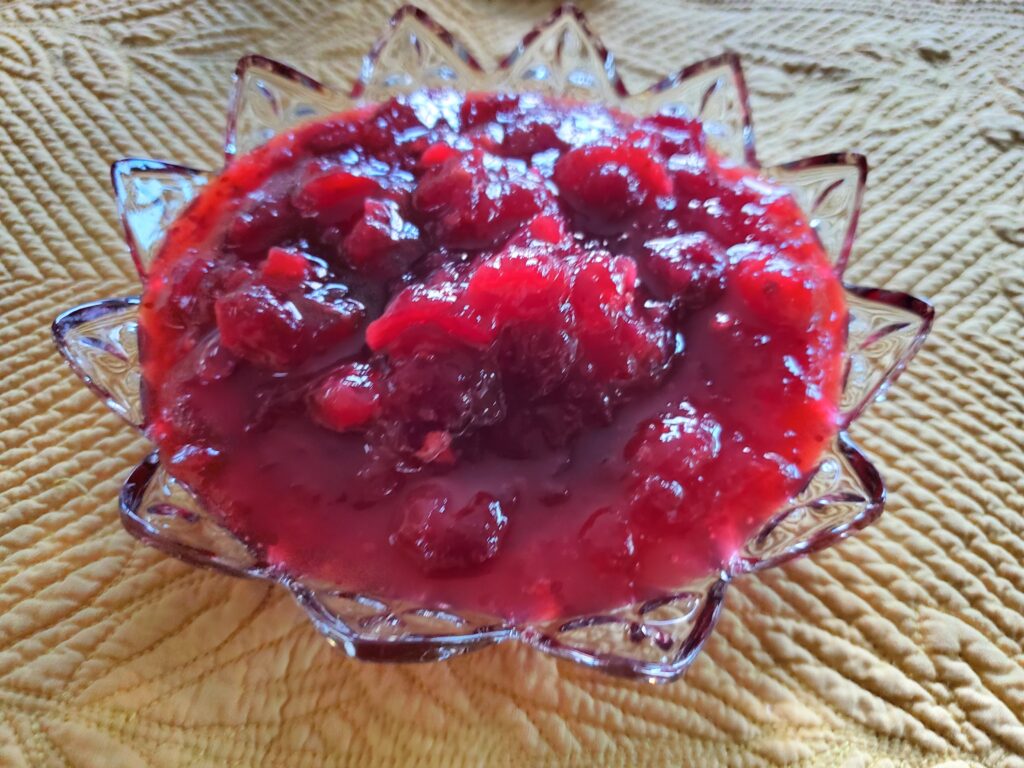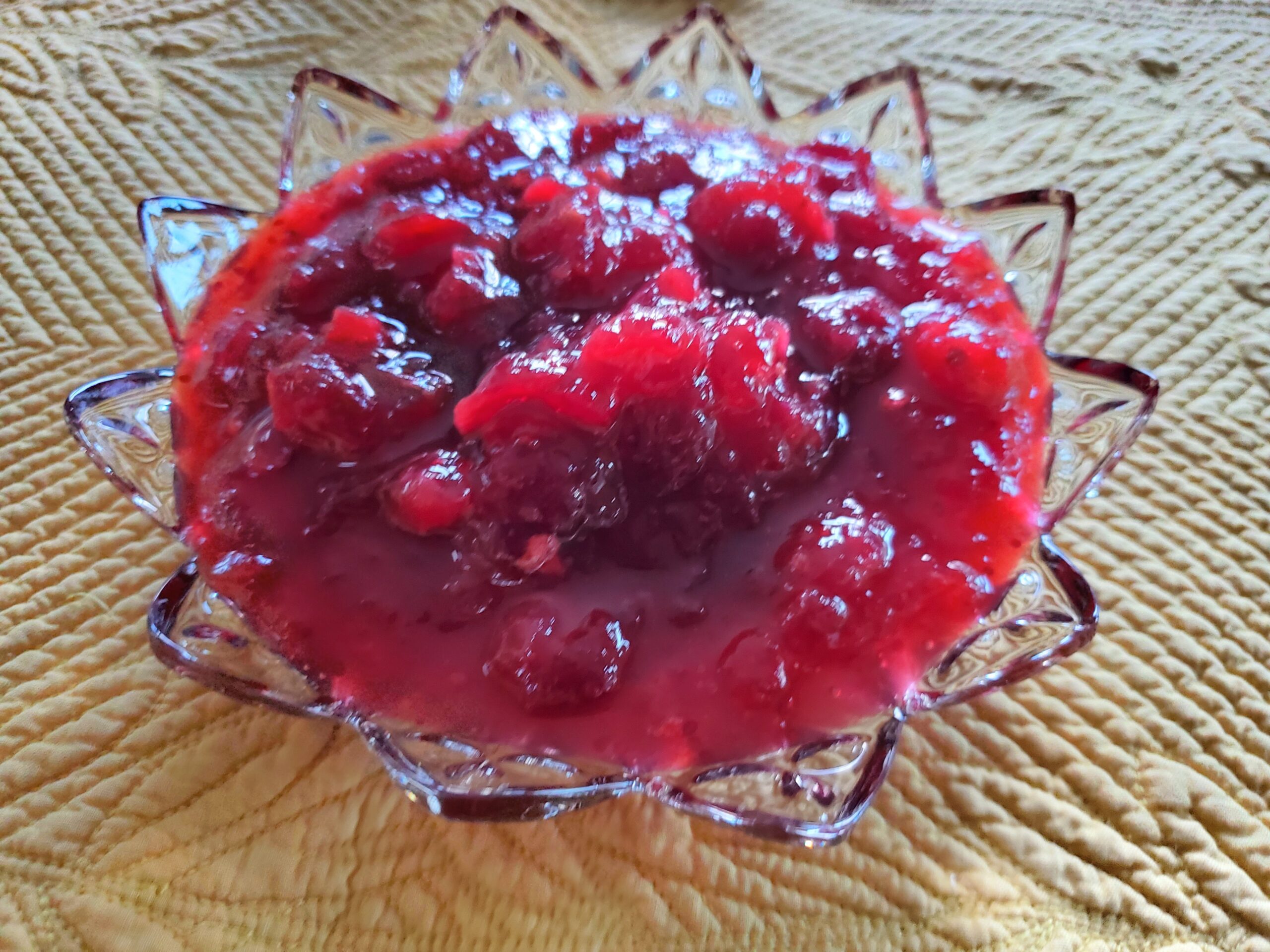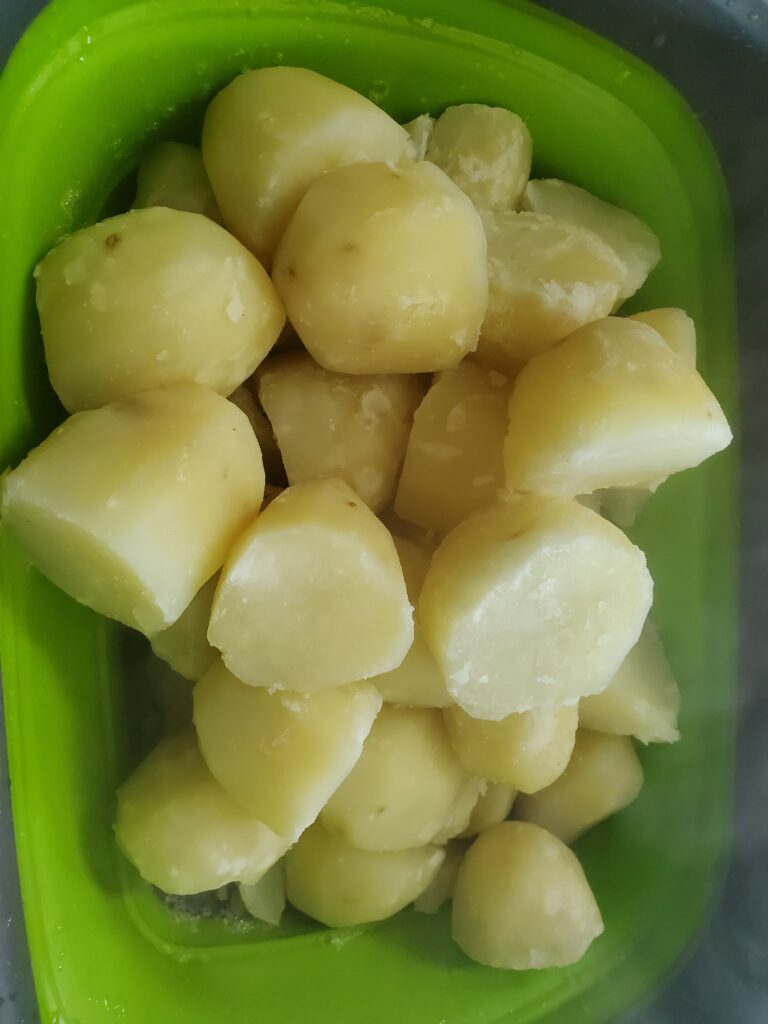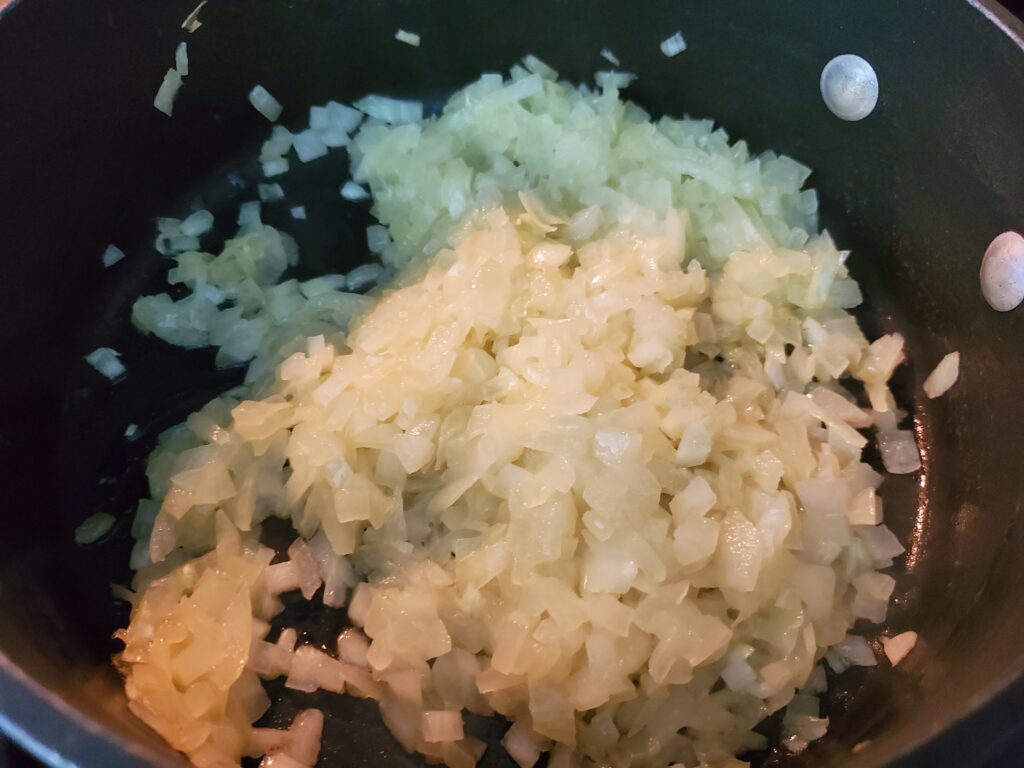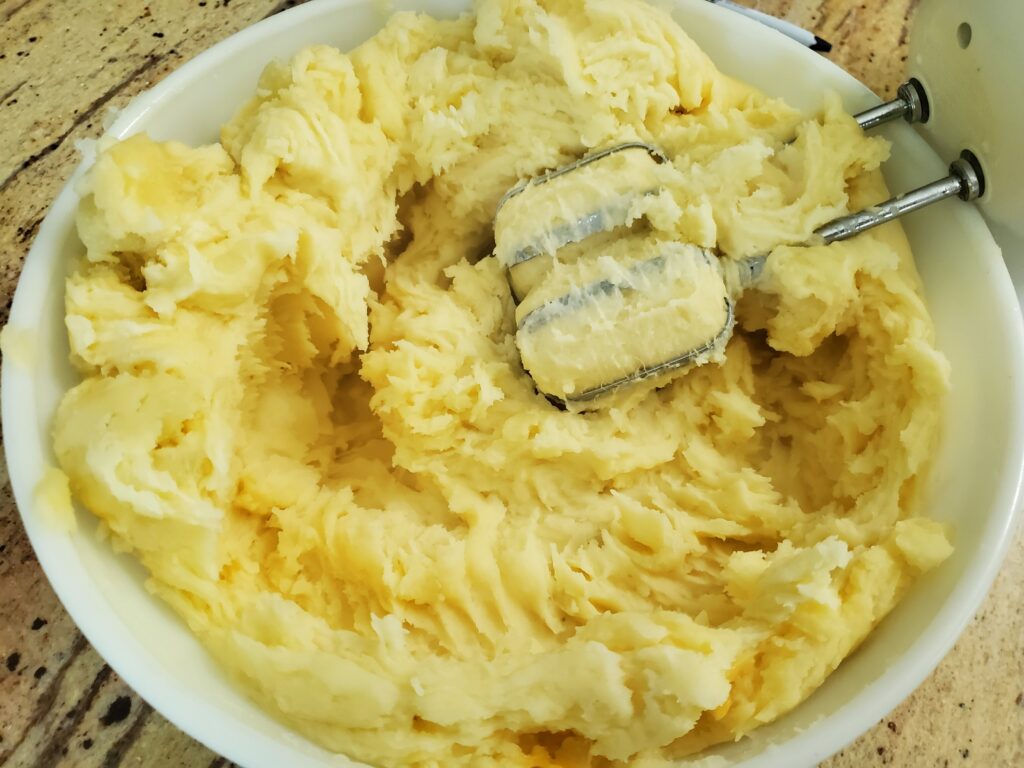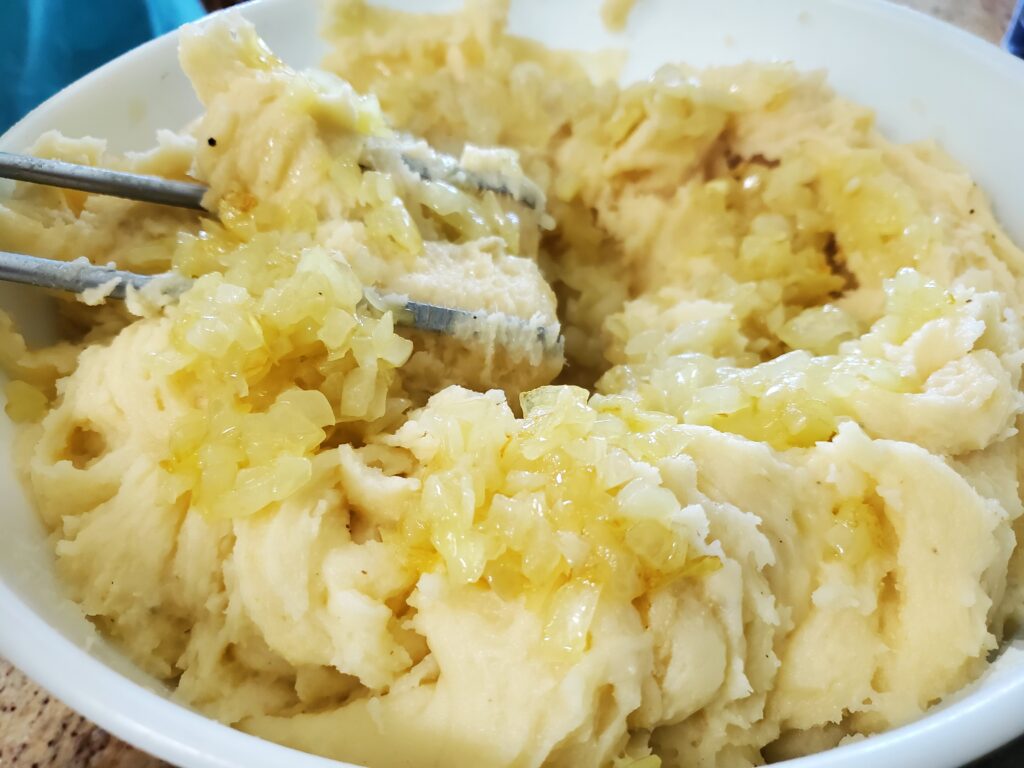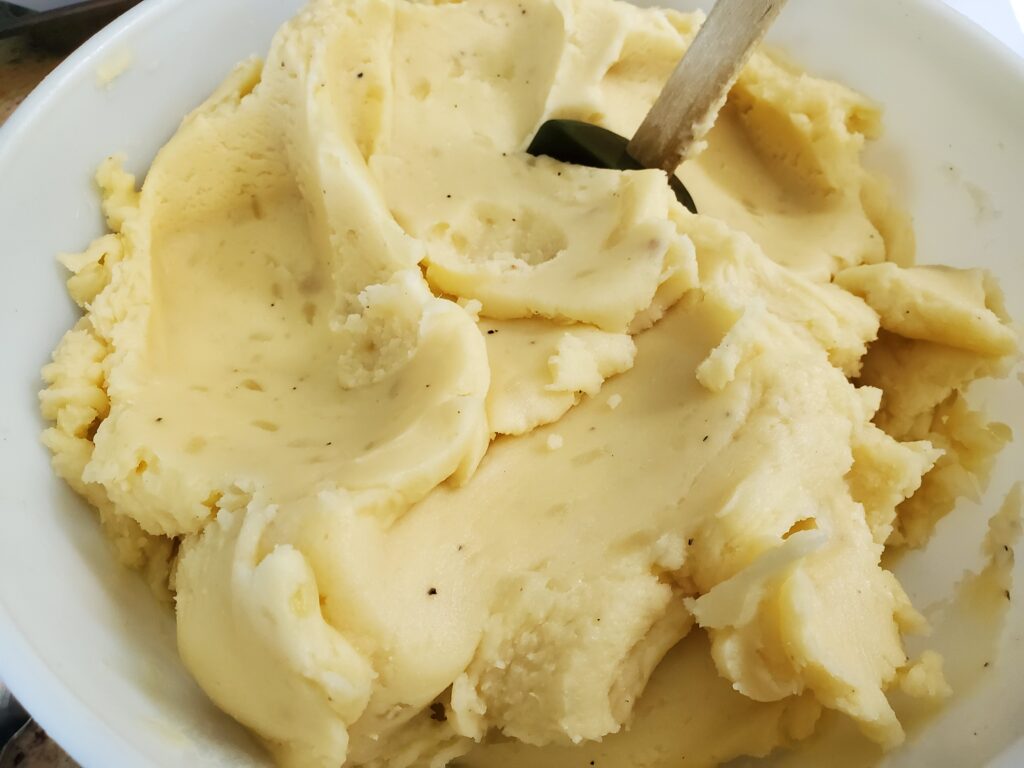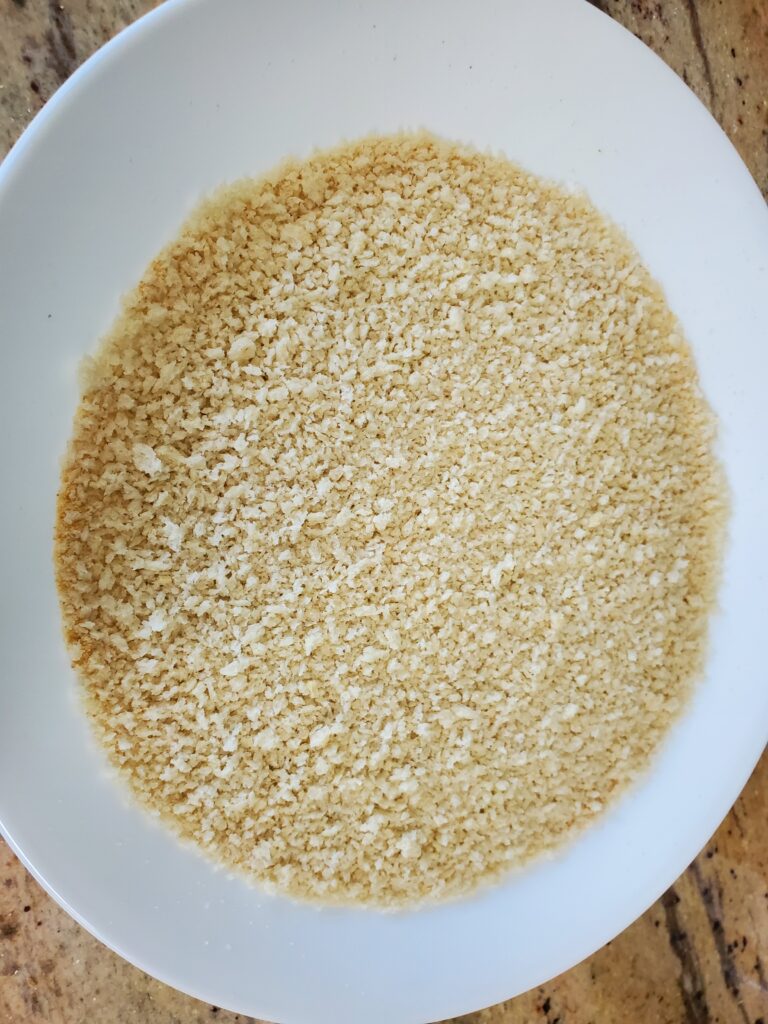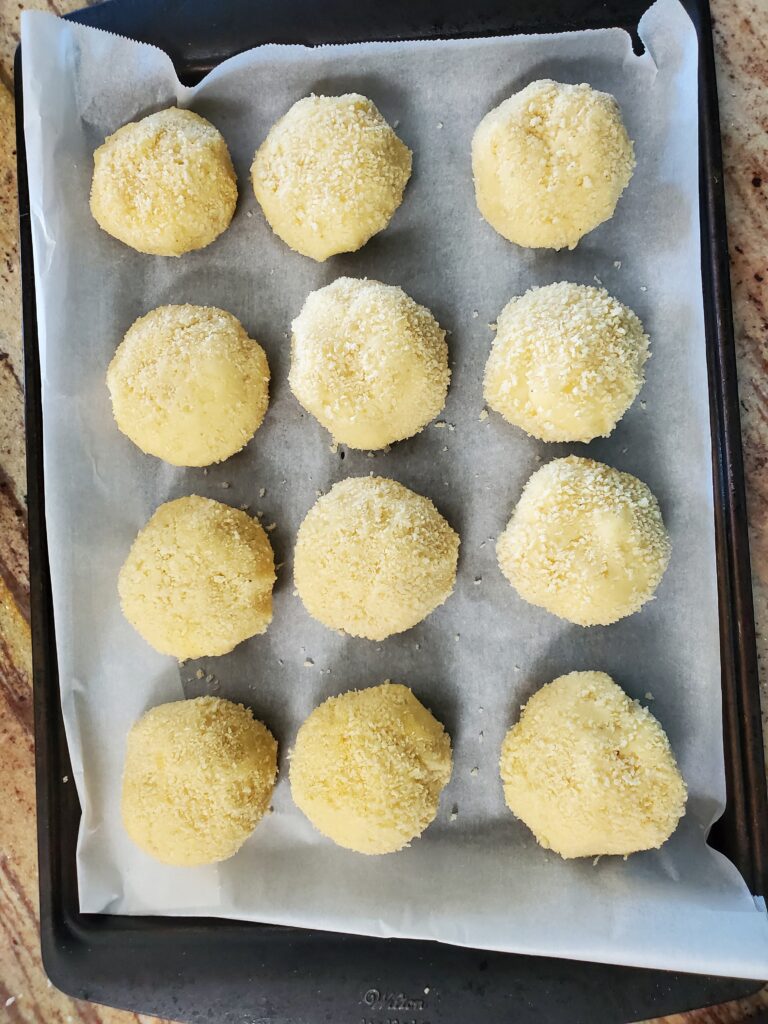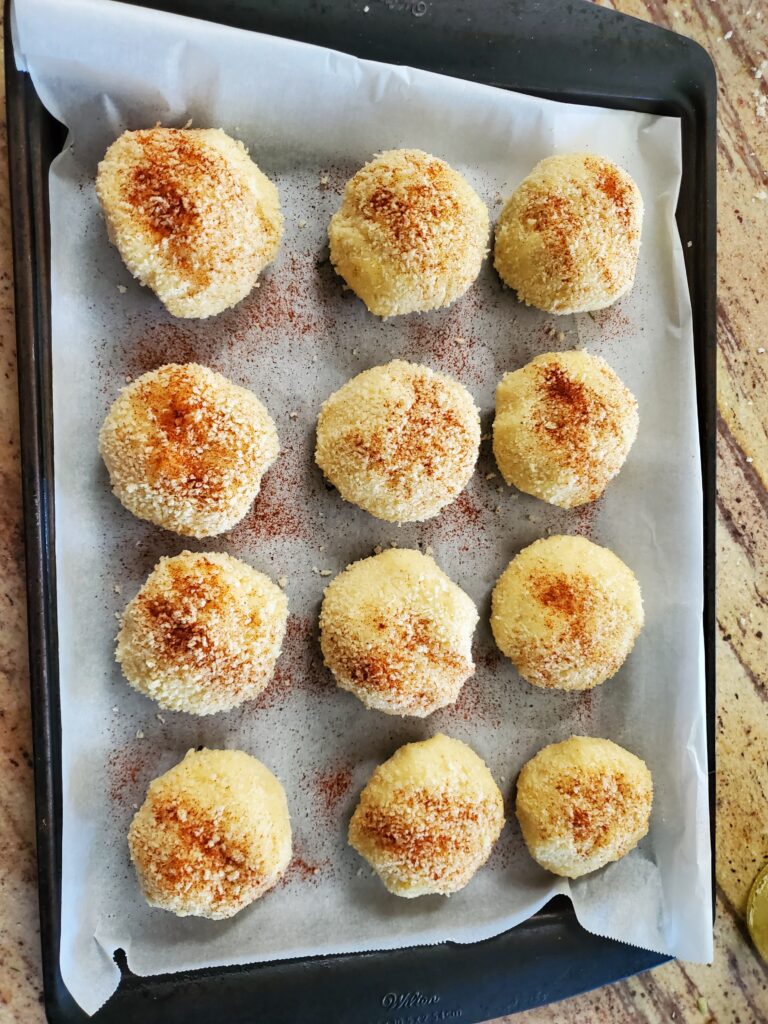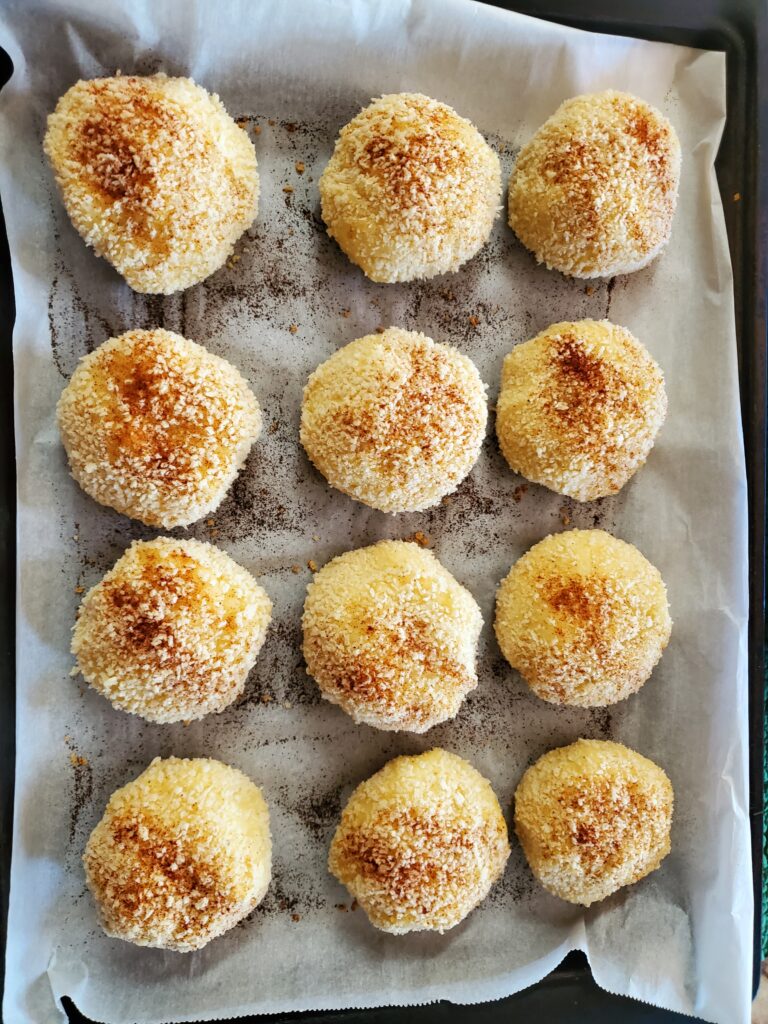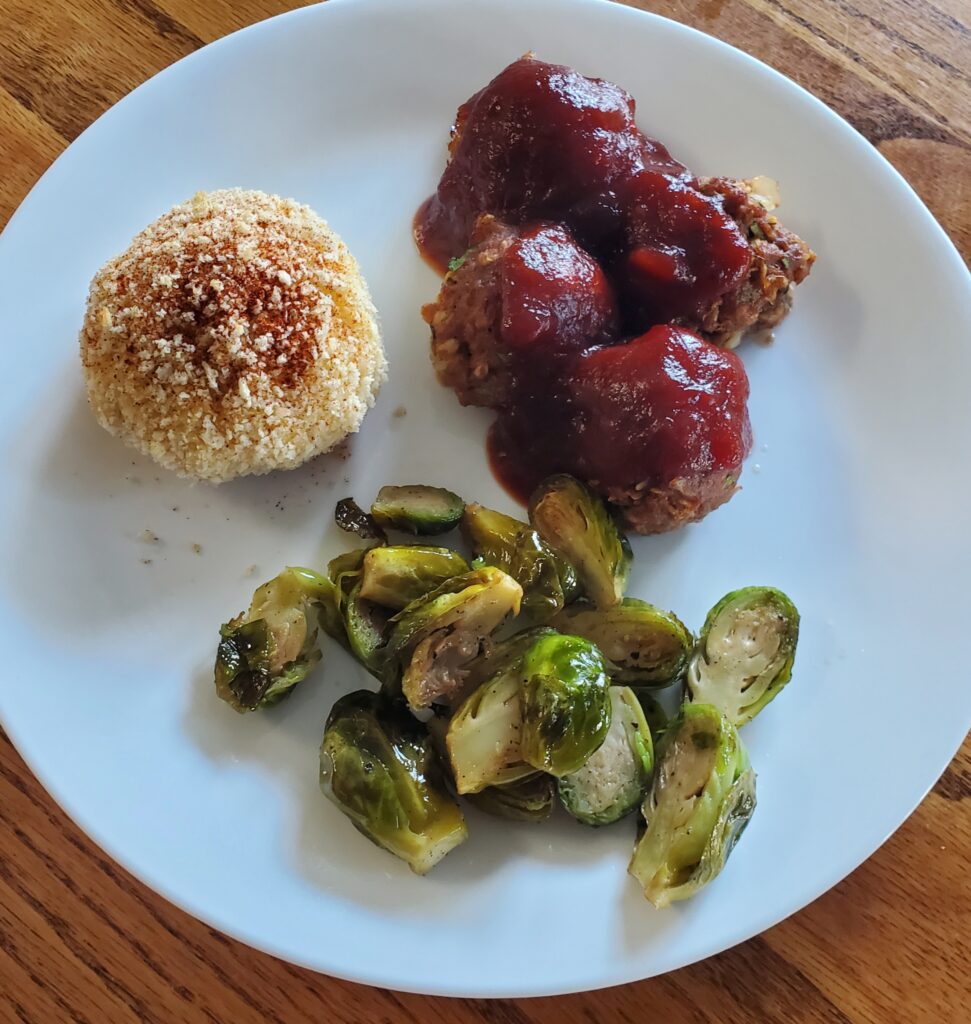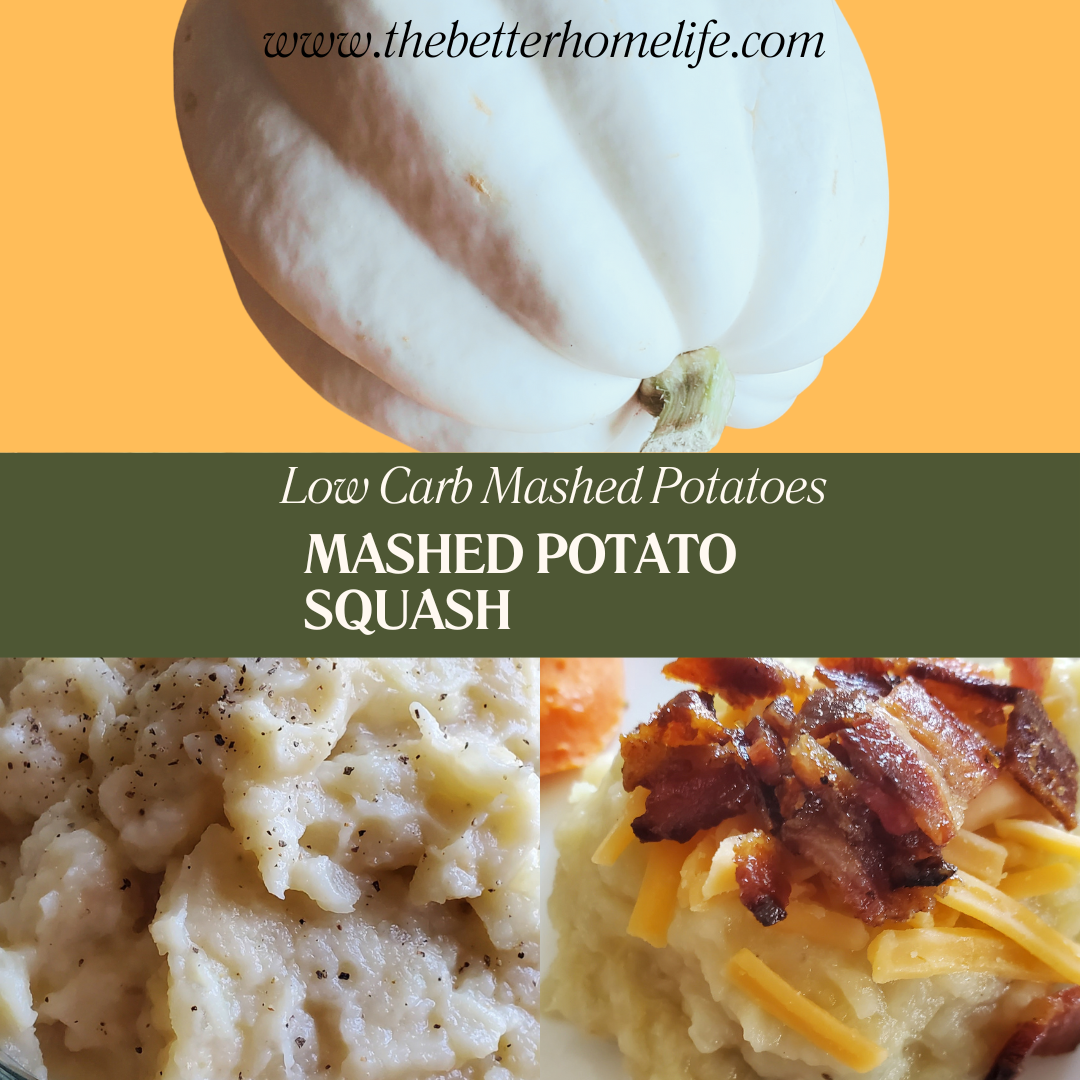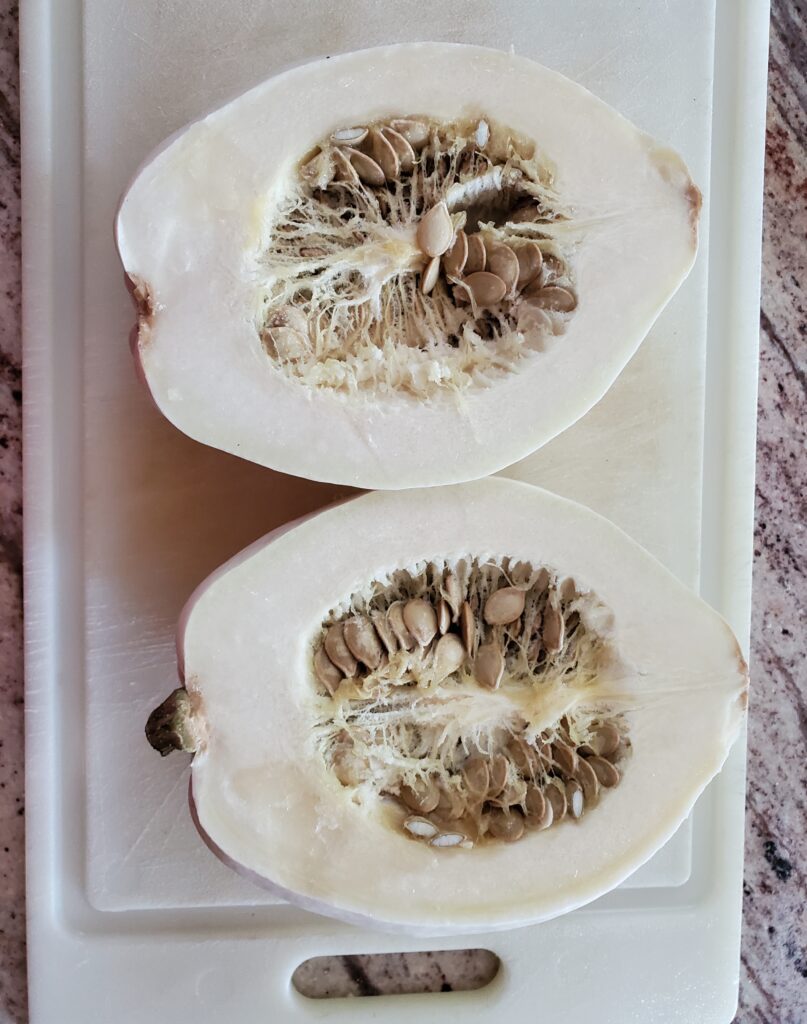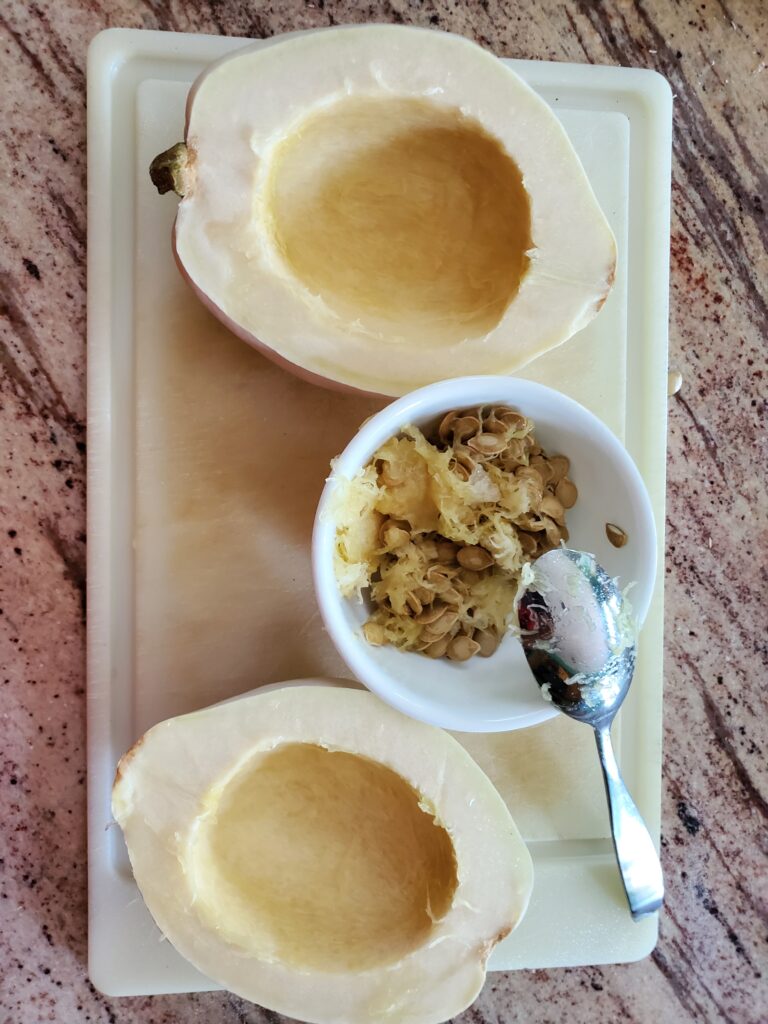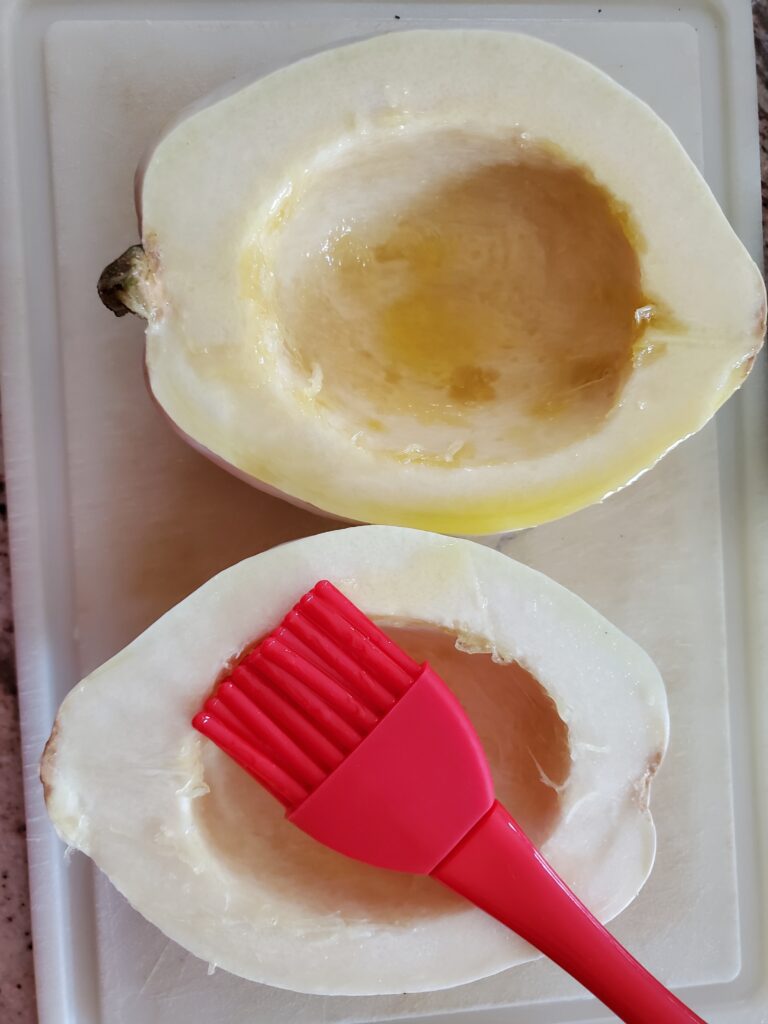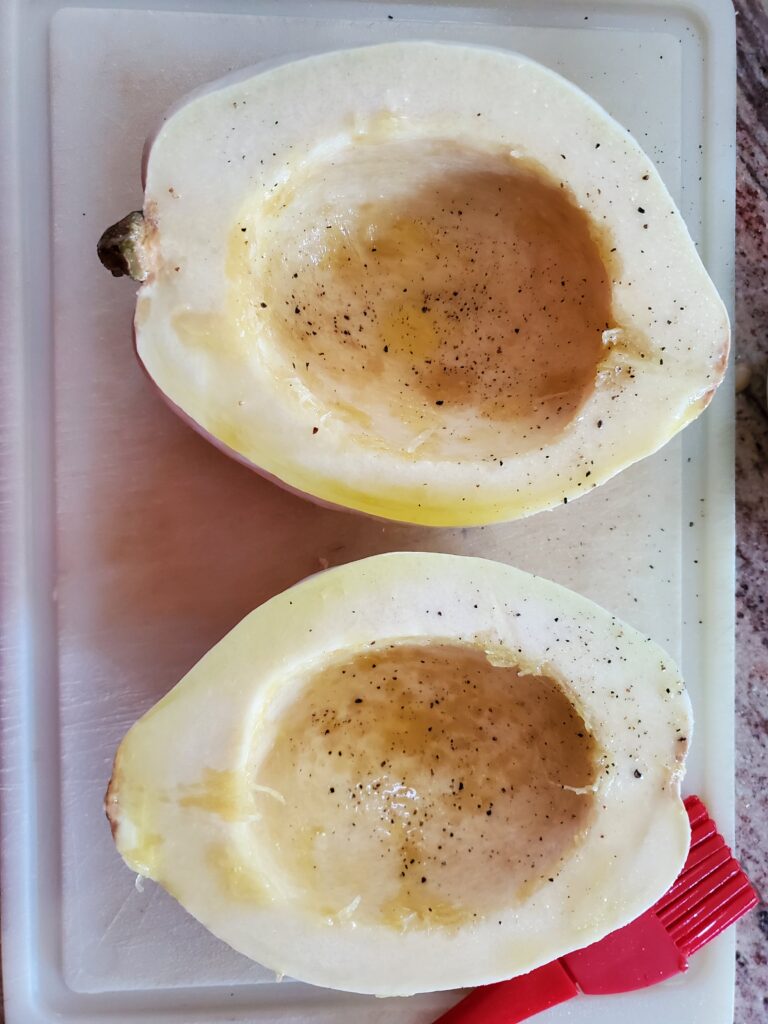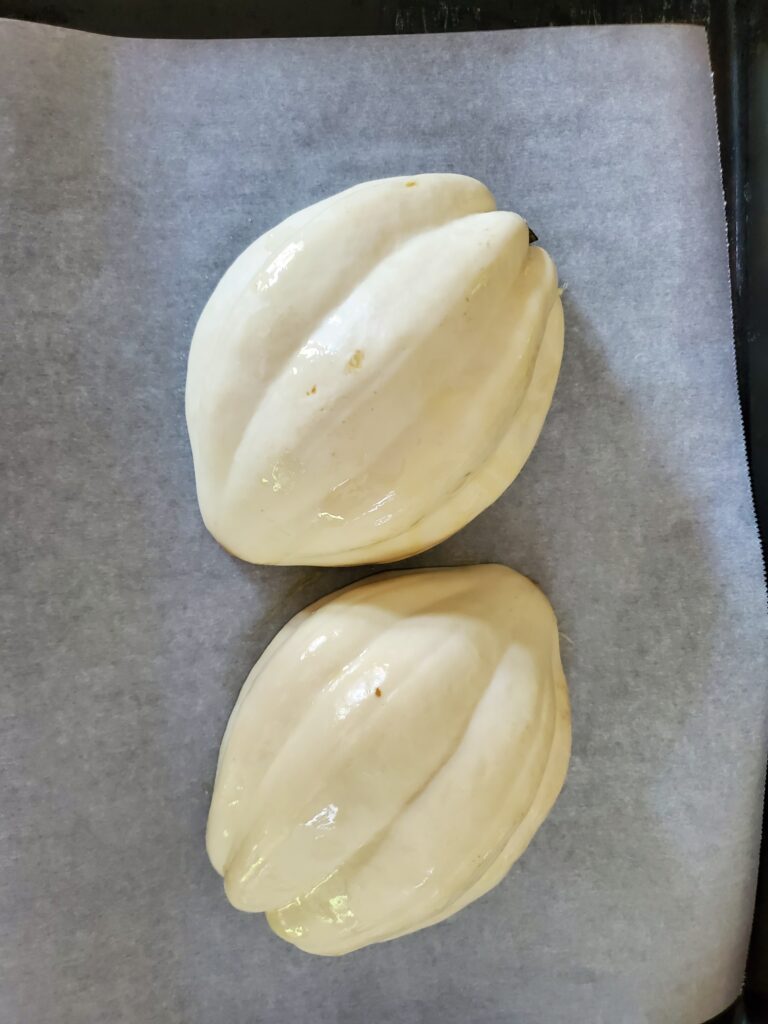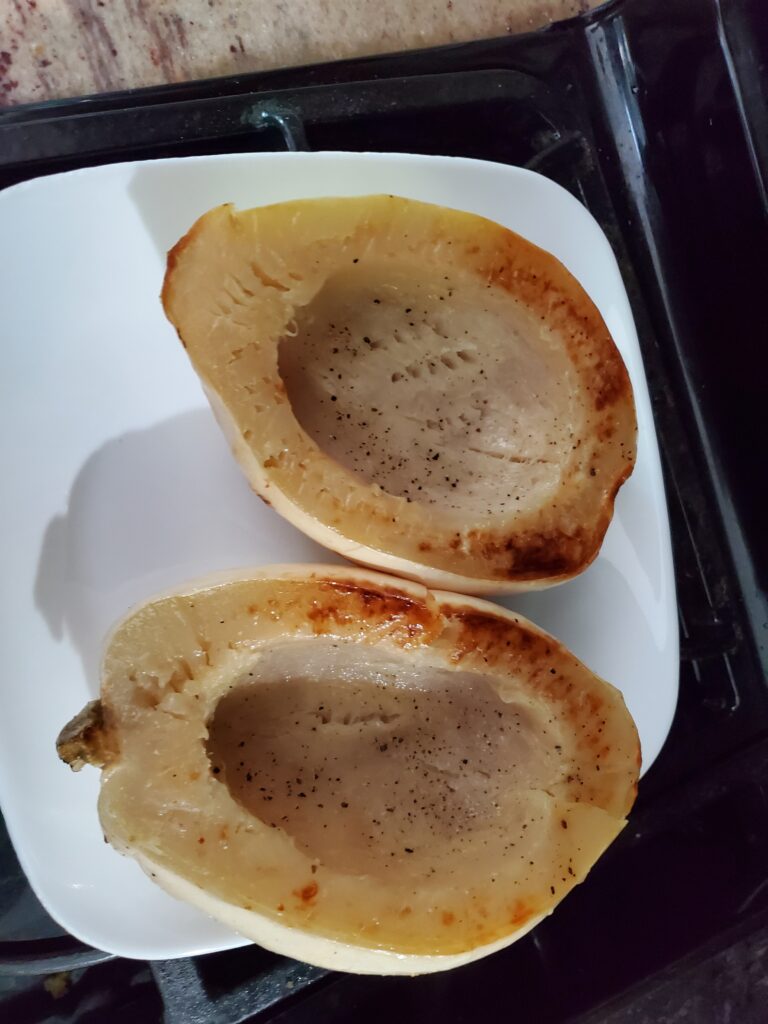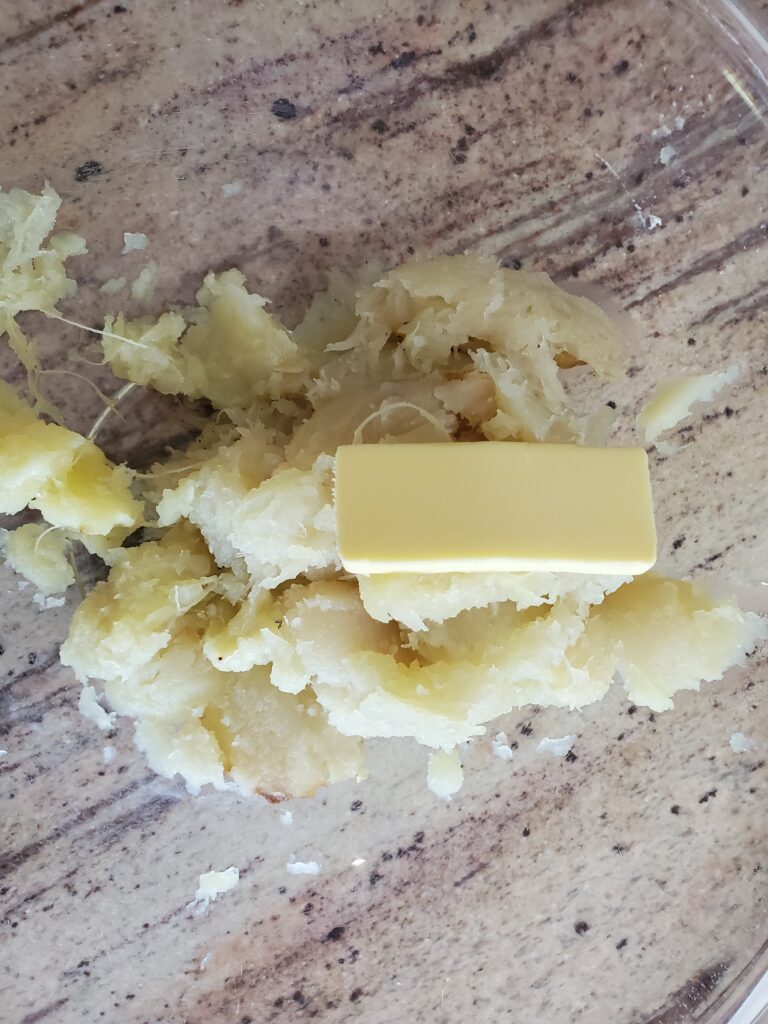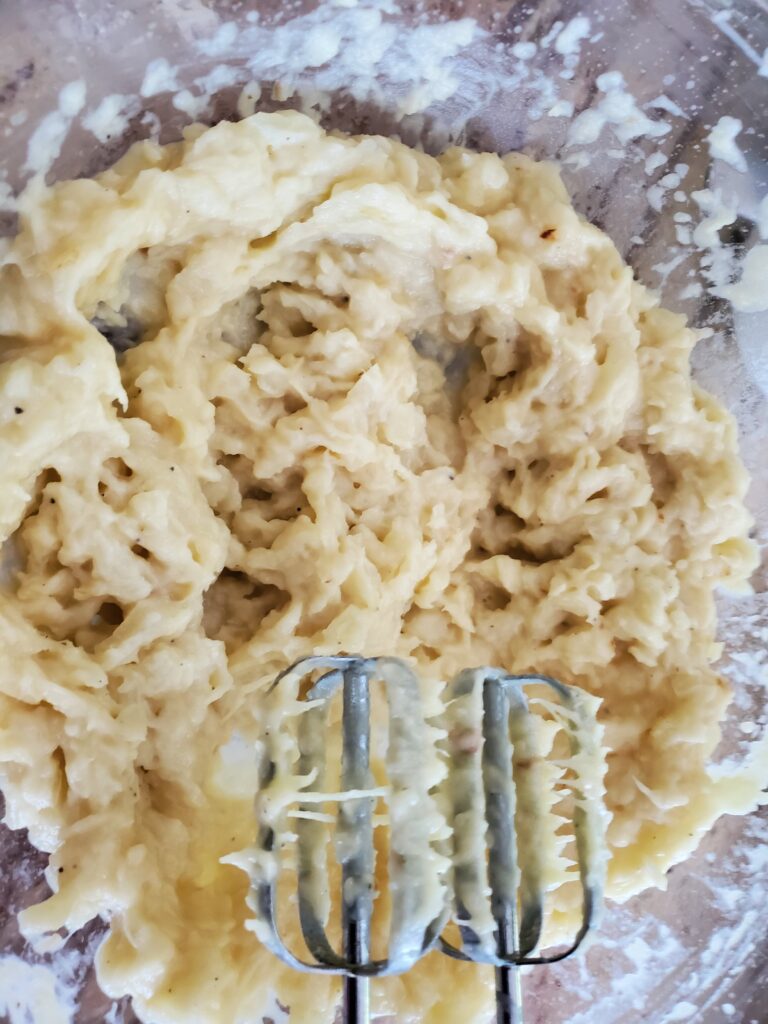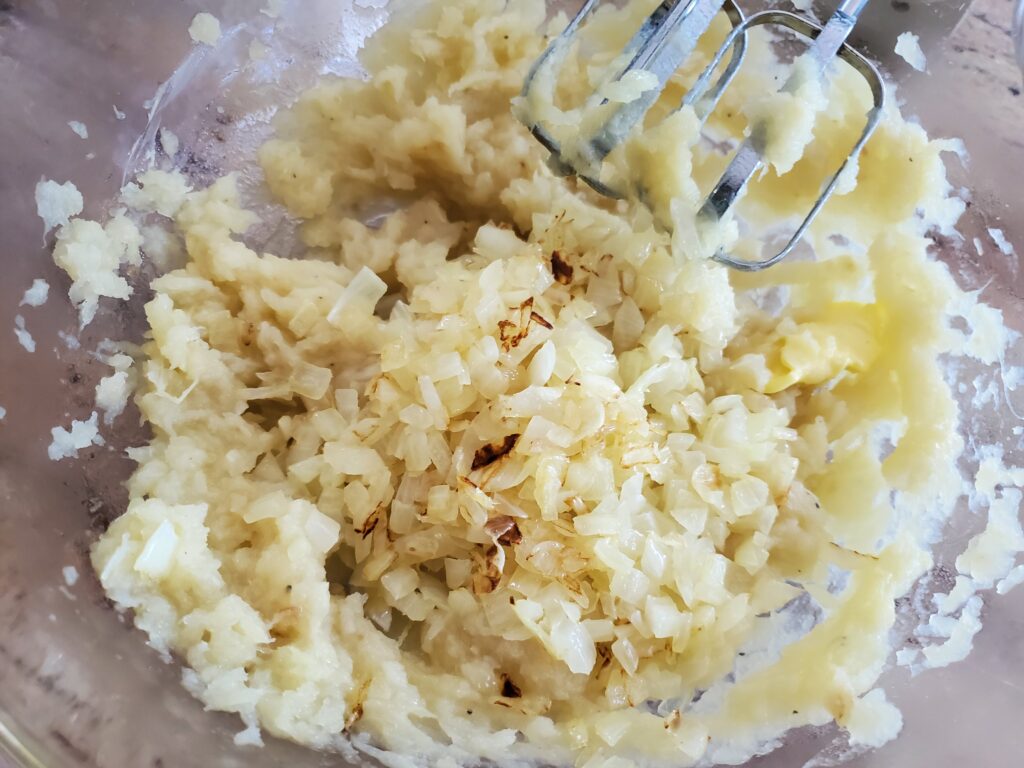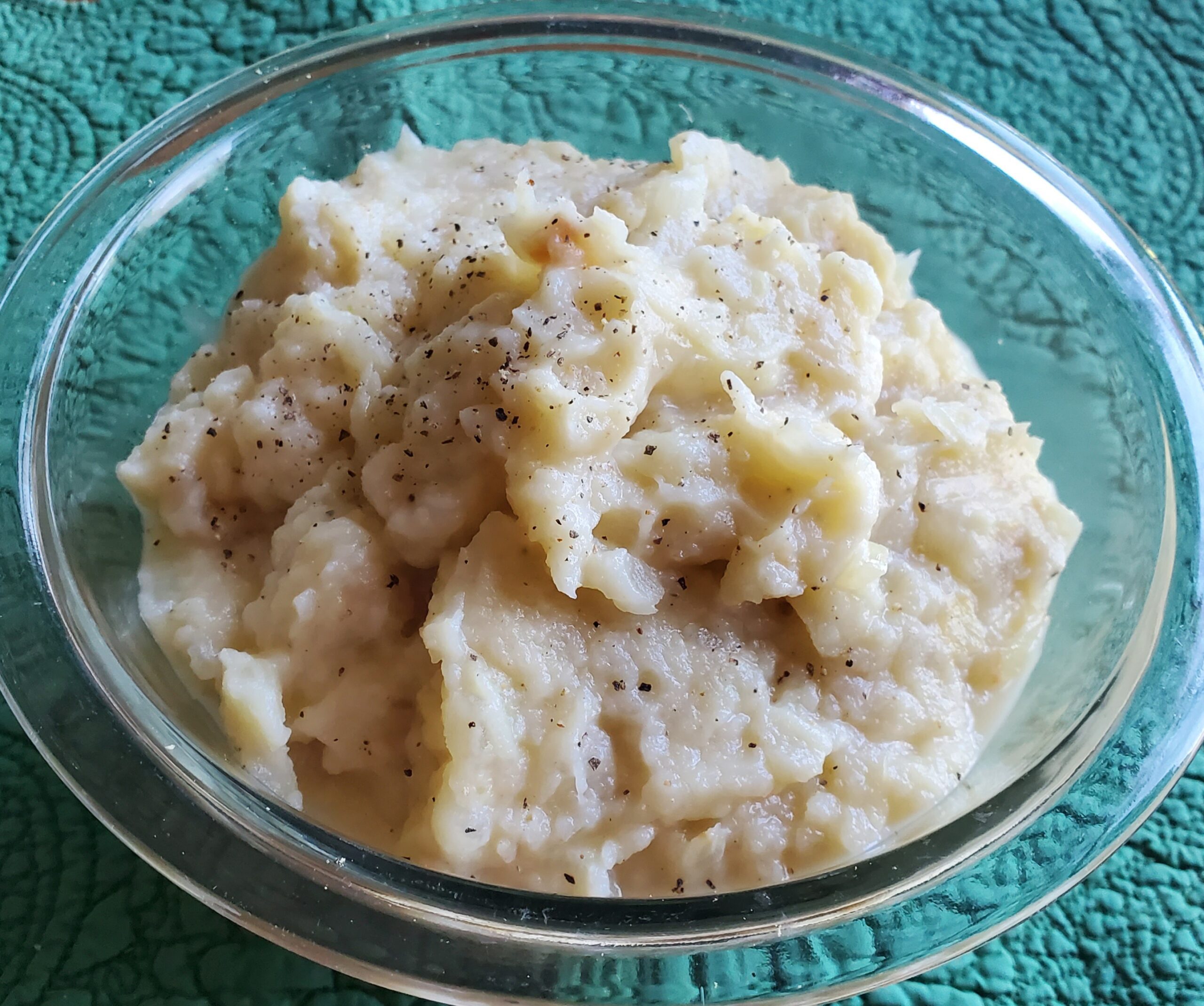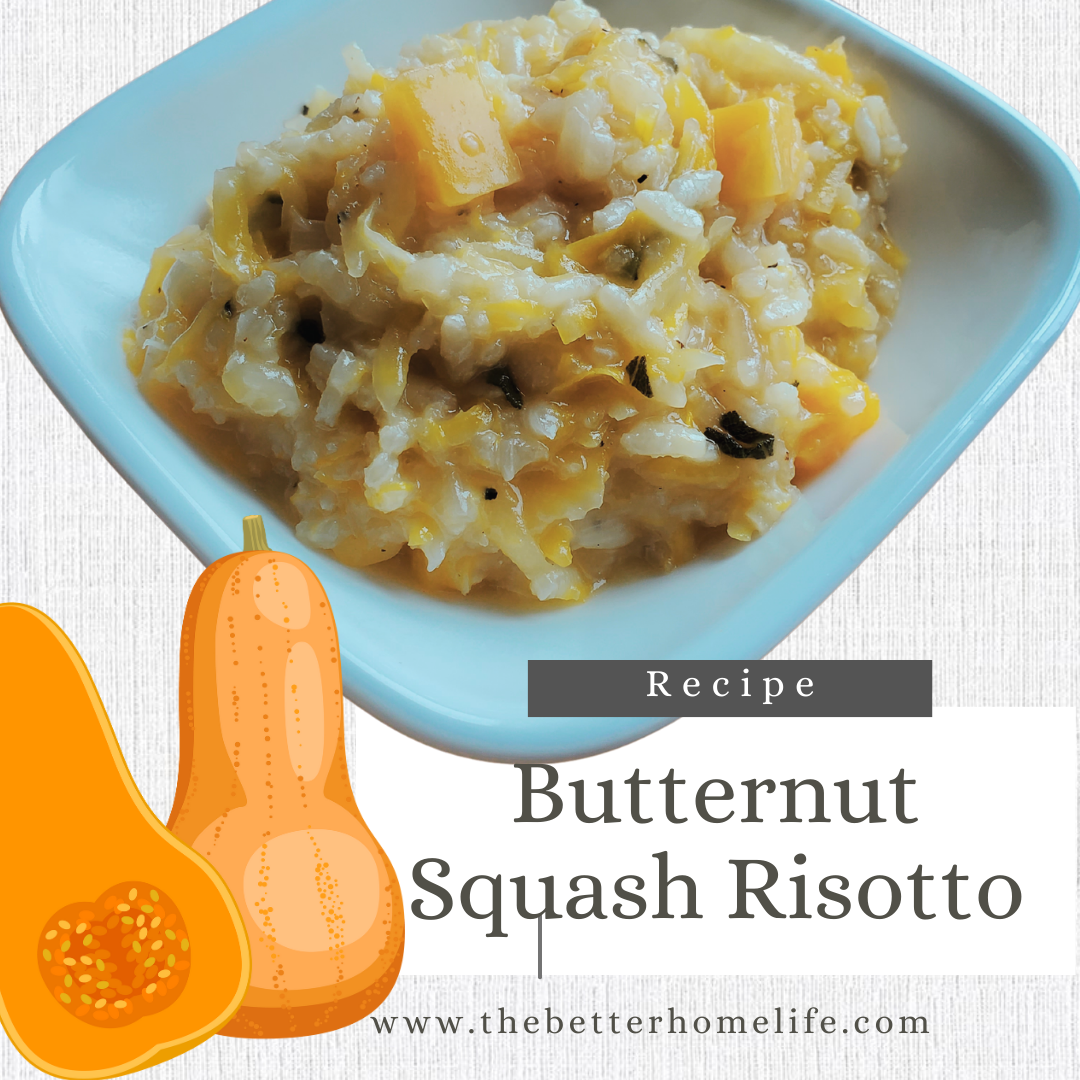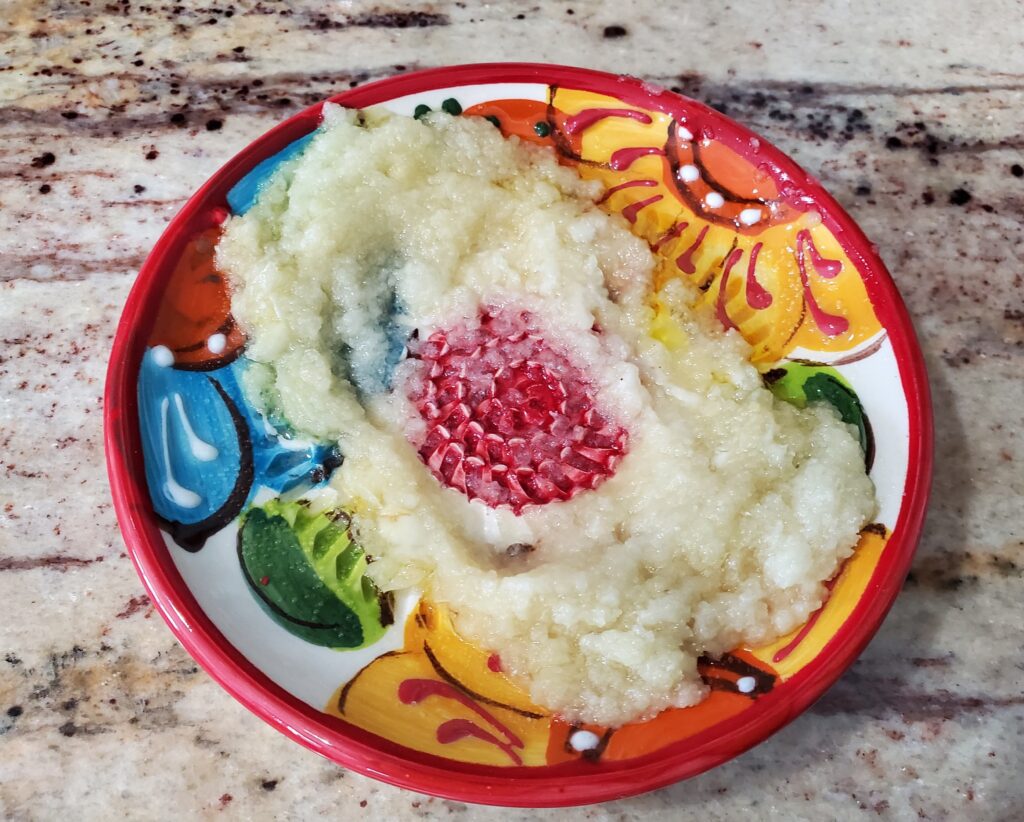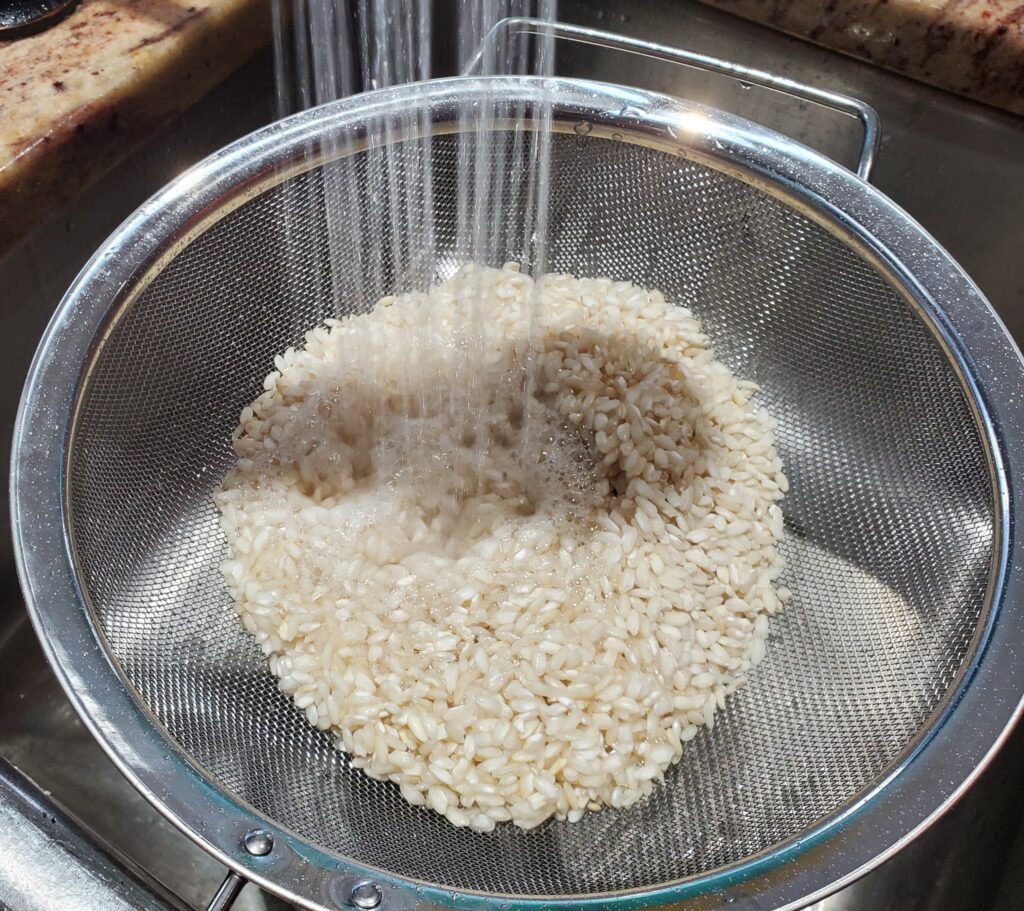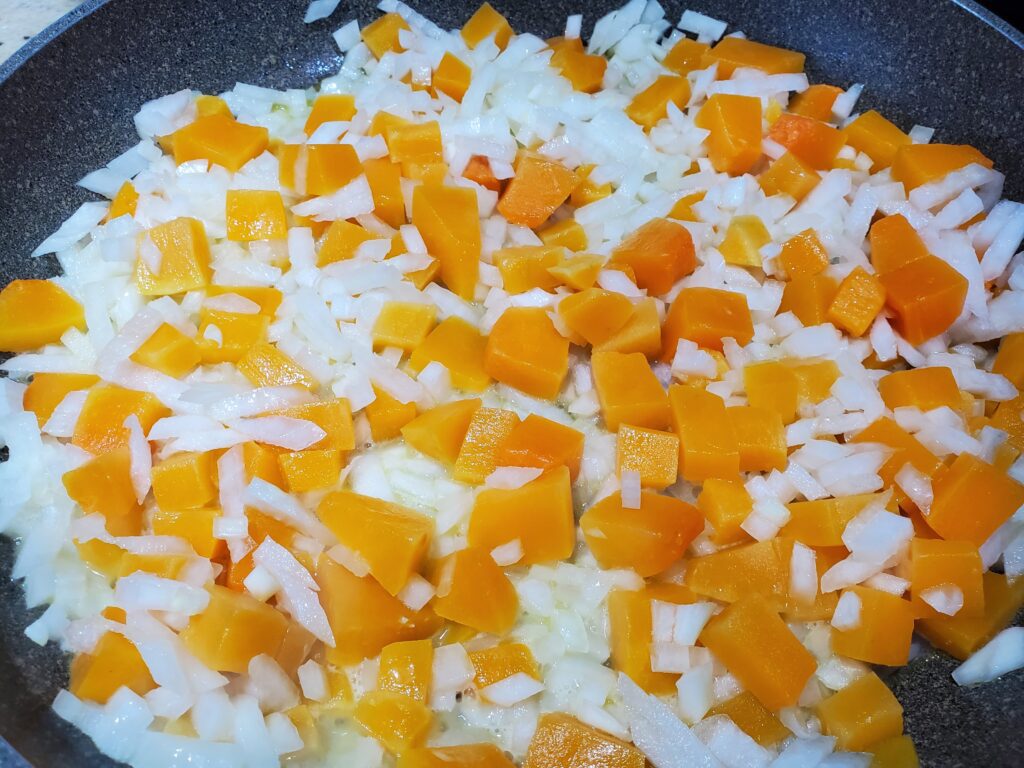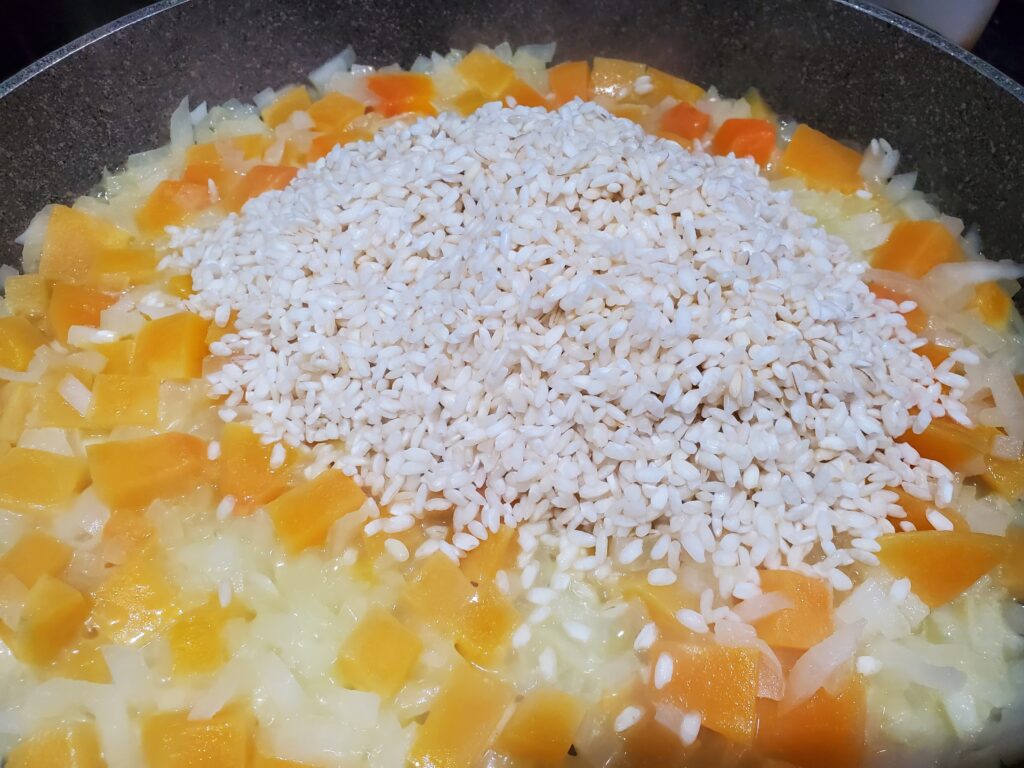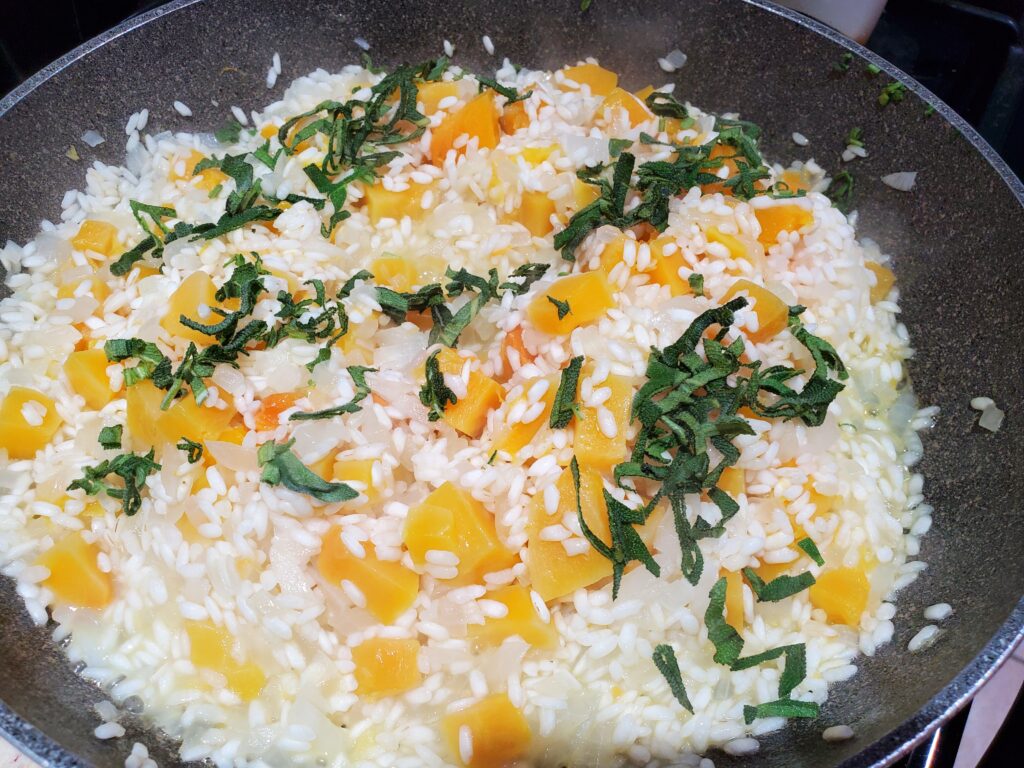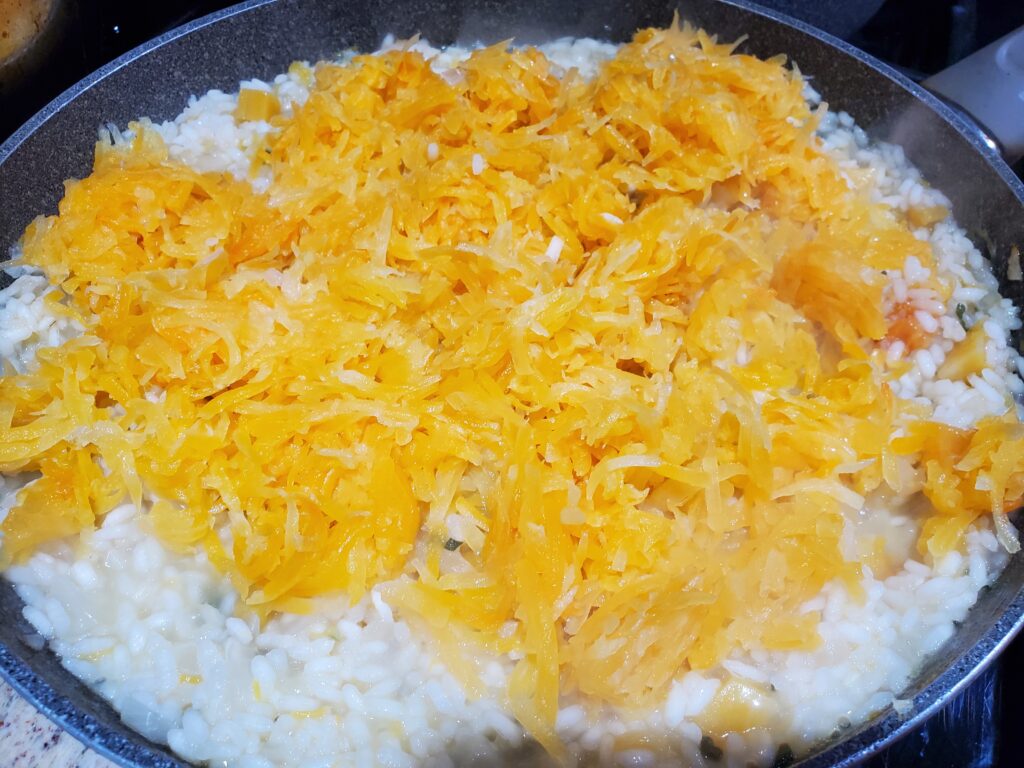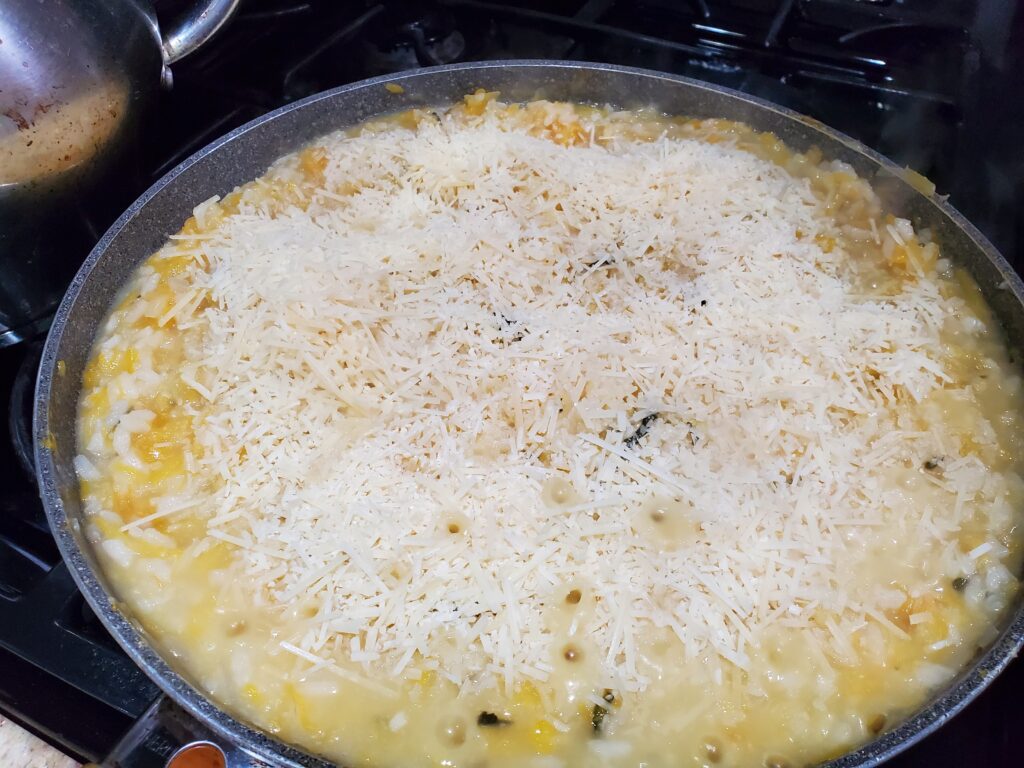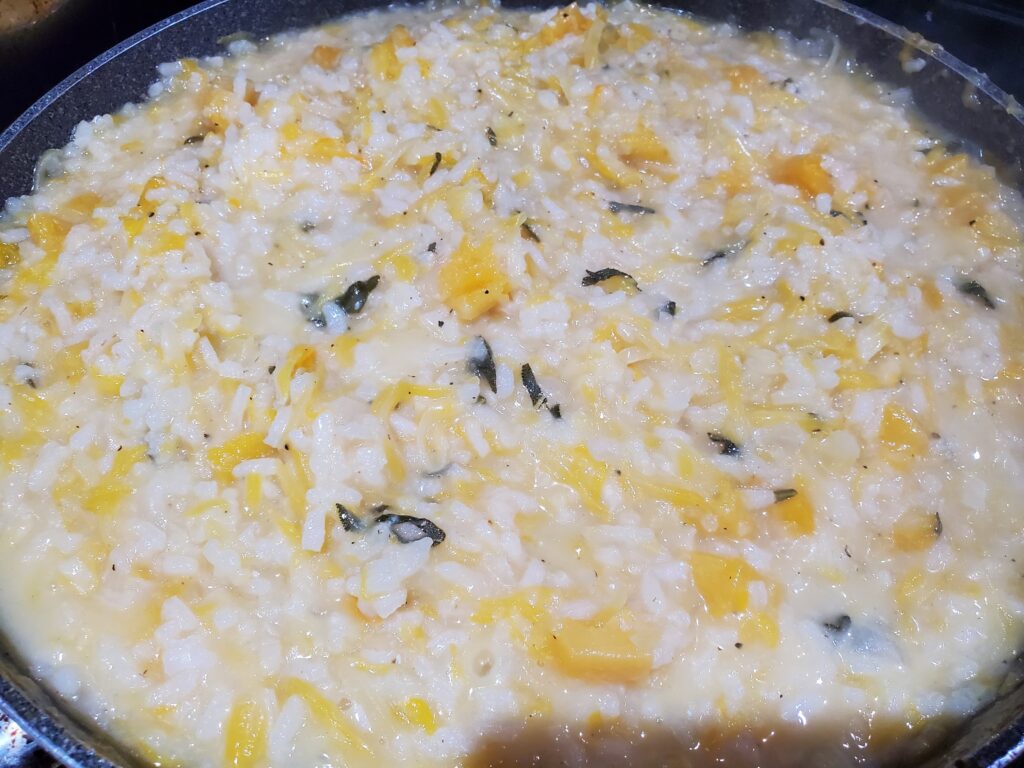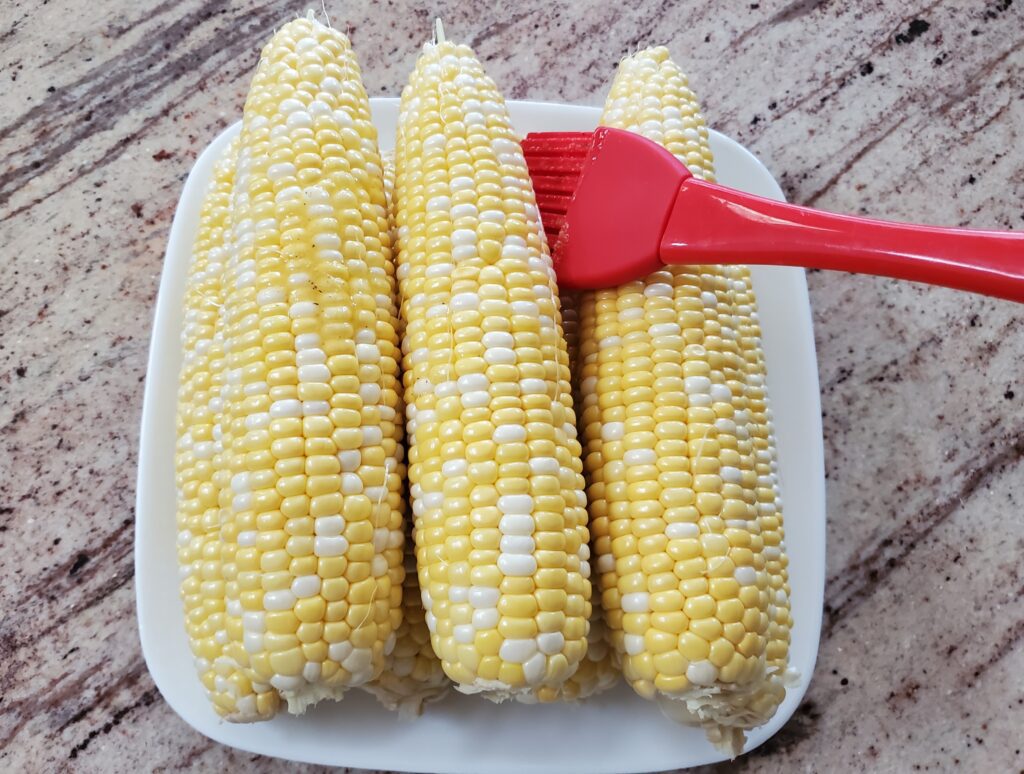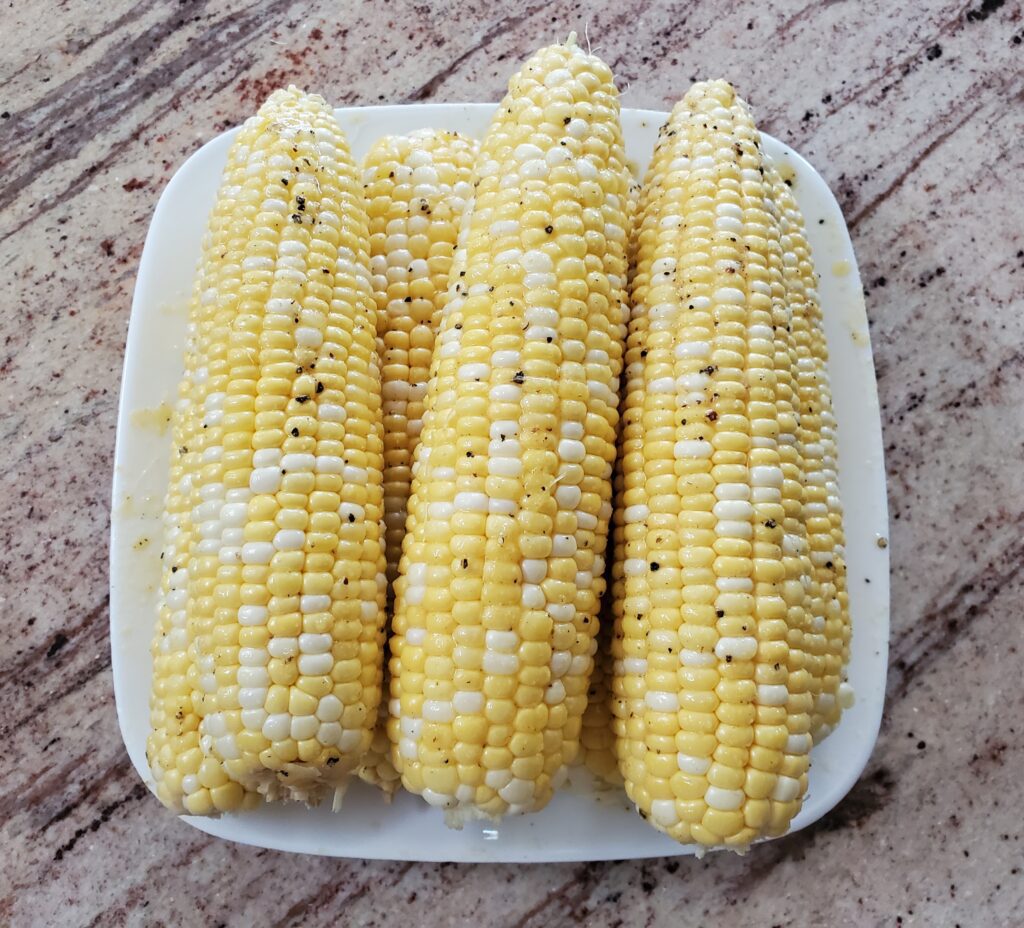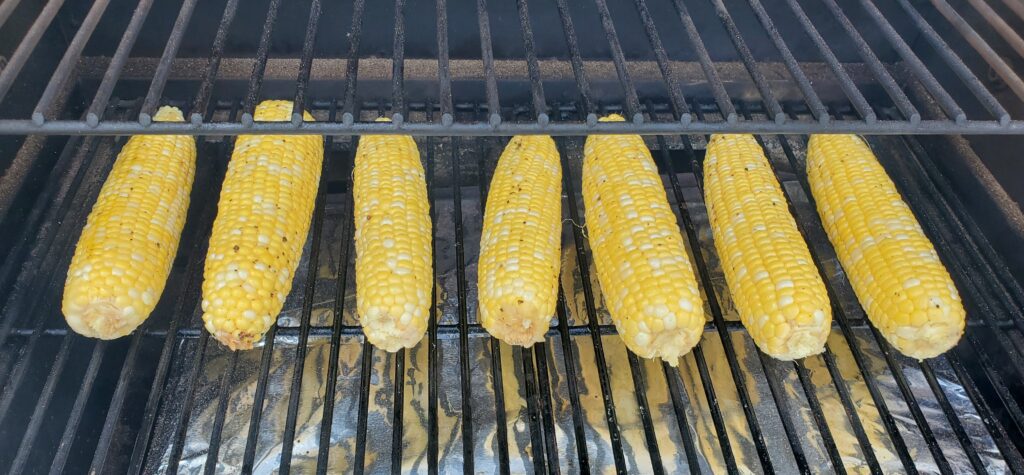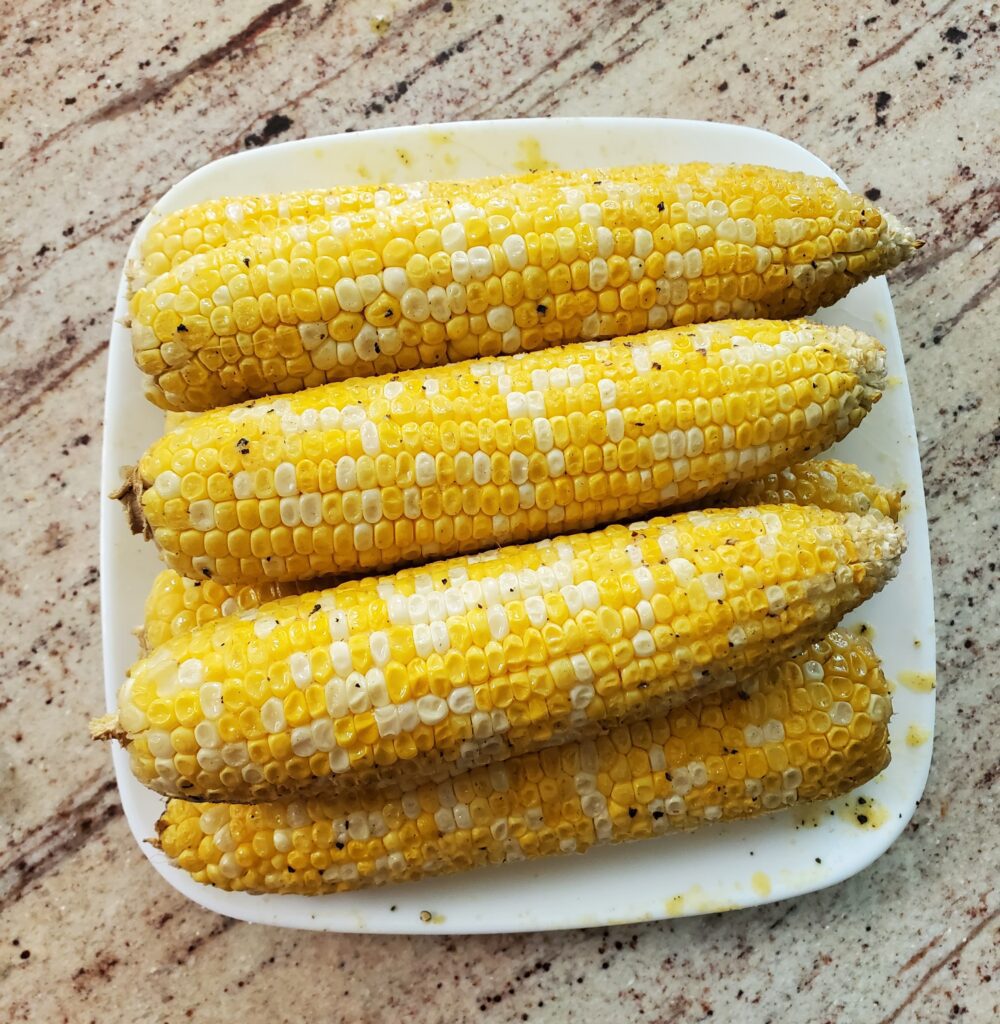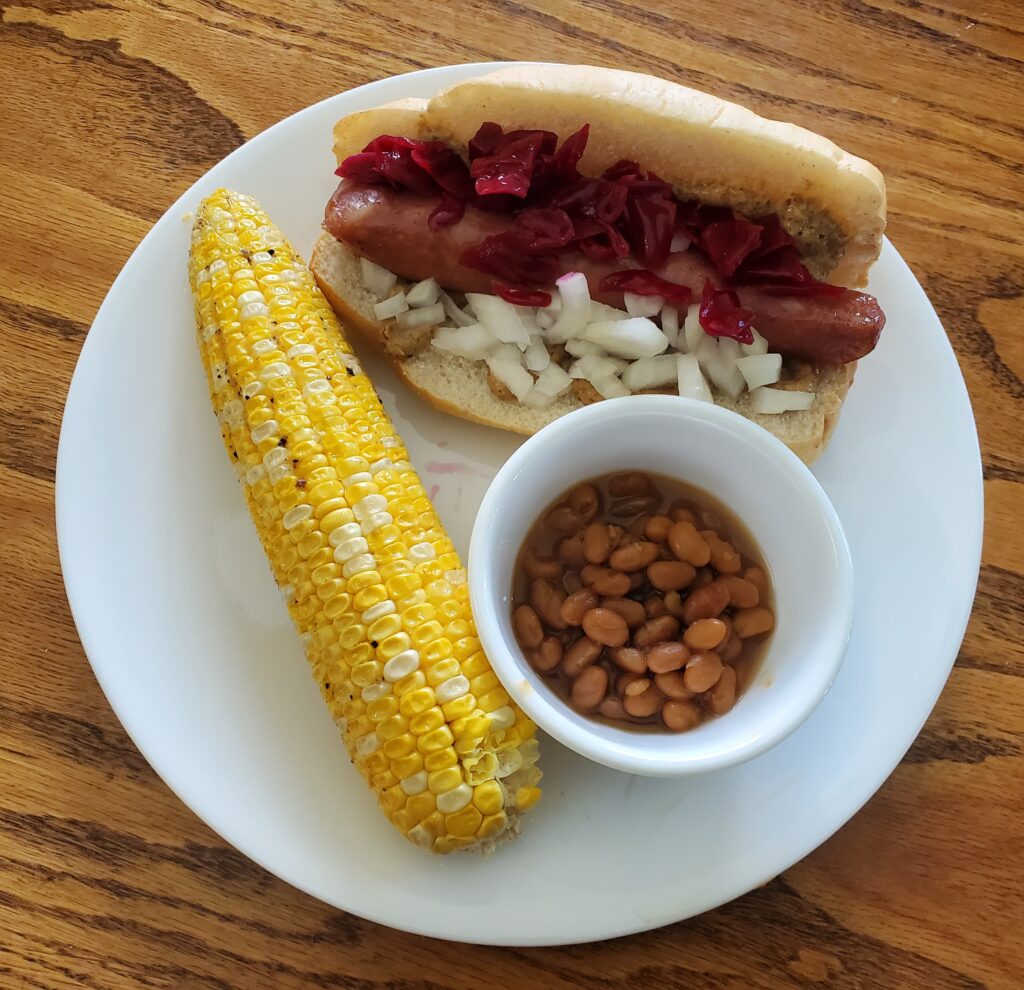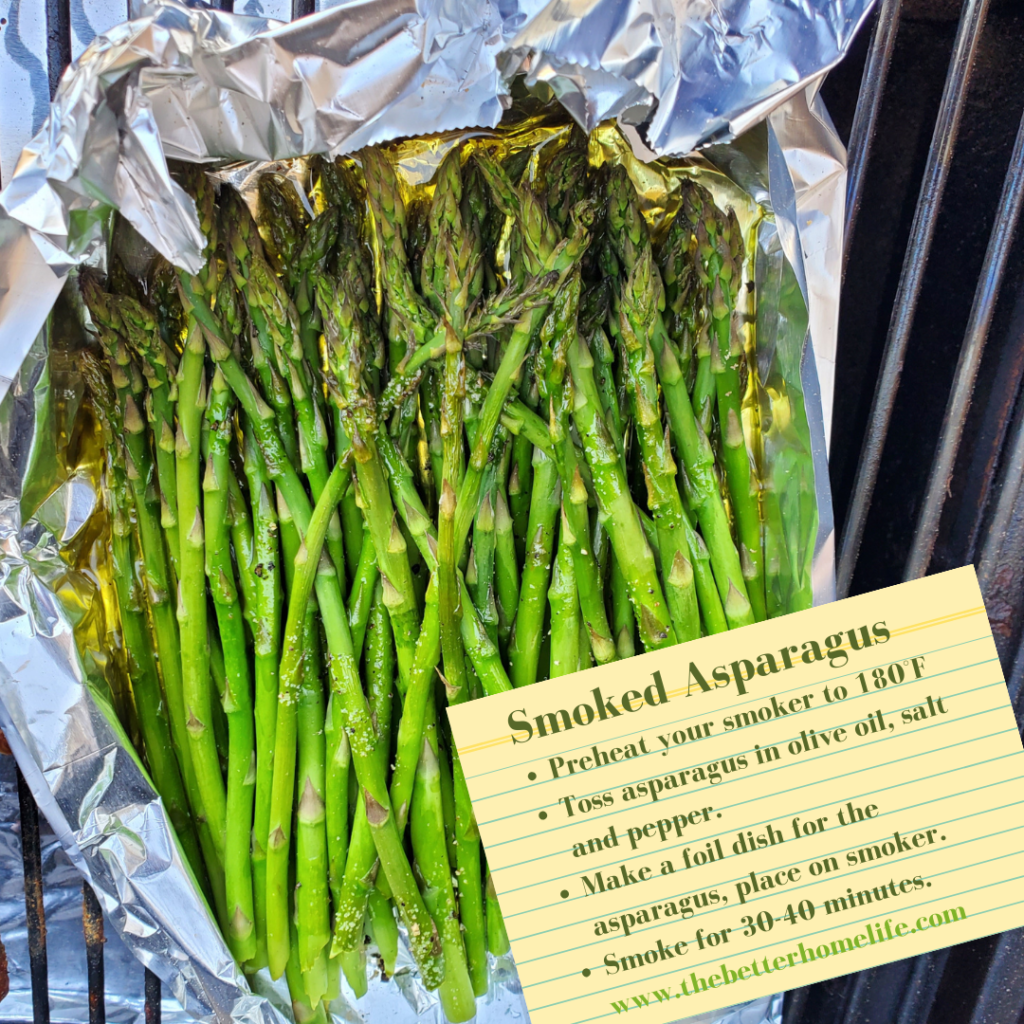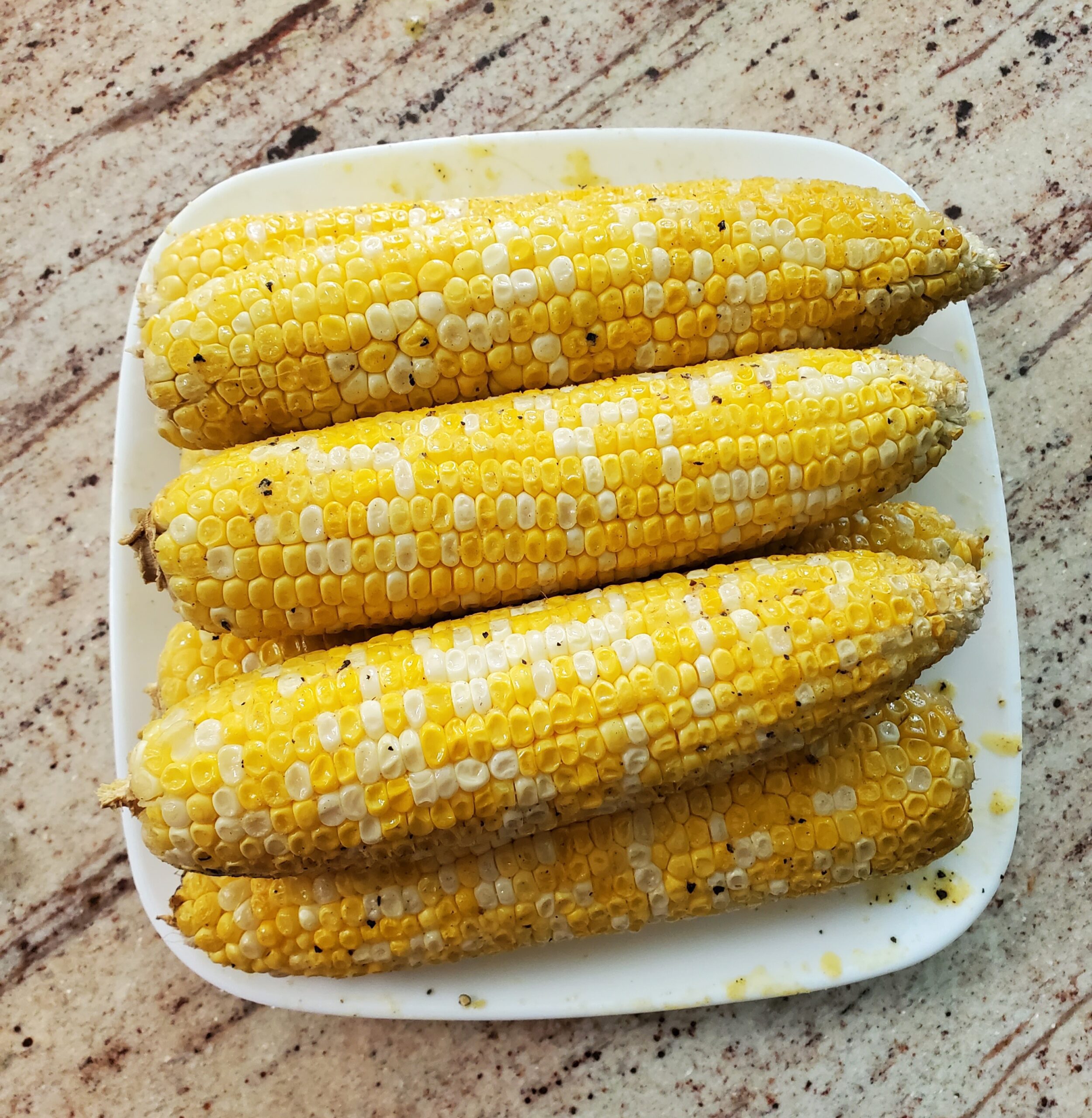This healthy and easy Greek quinoa salad recipe is a great way to increase whole grains and vegetables in your diet. This salad is loaded with vegetables and has the added benefit of whole grains, lean protein, and healthy fats. A perfect prepare ahead quick lunch.
Disclaimer: This post may contain affiliate link. I earn commission at no additional cost to you.
Tools needed to make quinoa salad
- Mesh strainer
- Whisk
- Saucepan with lid
Greek quinoa salad ingredients:
- 1 cup tri-color quinoa
- 1 pint of cherry or grape tomatoes
- 1 bell pepper, chopped
- 6 green onions, chopped
- 1 cucumber, seeded and chopped
- 2 kale stems, stems removed and chopped
- 1/2 cup kalamata olives
- 5 ounces of fat free feta, crumbled
- 1 – 15.5 ounce can of chickpeas, drained and rinsed
- 1/3 cup olive oil
- 1/3 cup red wine vinegar
- Juice of one lemon
- 1 teaspoon oregano
- 1 teaspoon Dijon mustard
- salt and pepper to taste
How to make Greek quinoa salad:
Start by preparing the quinoa. Rinse 1 cup of the tri-color quinoa in a mesh strainer. Add the quinoa and 2 cups of water to a saucepan. Bring it to a boil. Cover and reduce the heat to simmer for 15 minutes. Turn off the heat and allow it to remain covered for 5 more minutes.
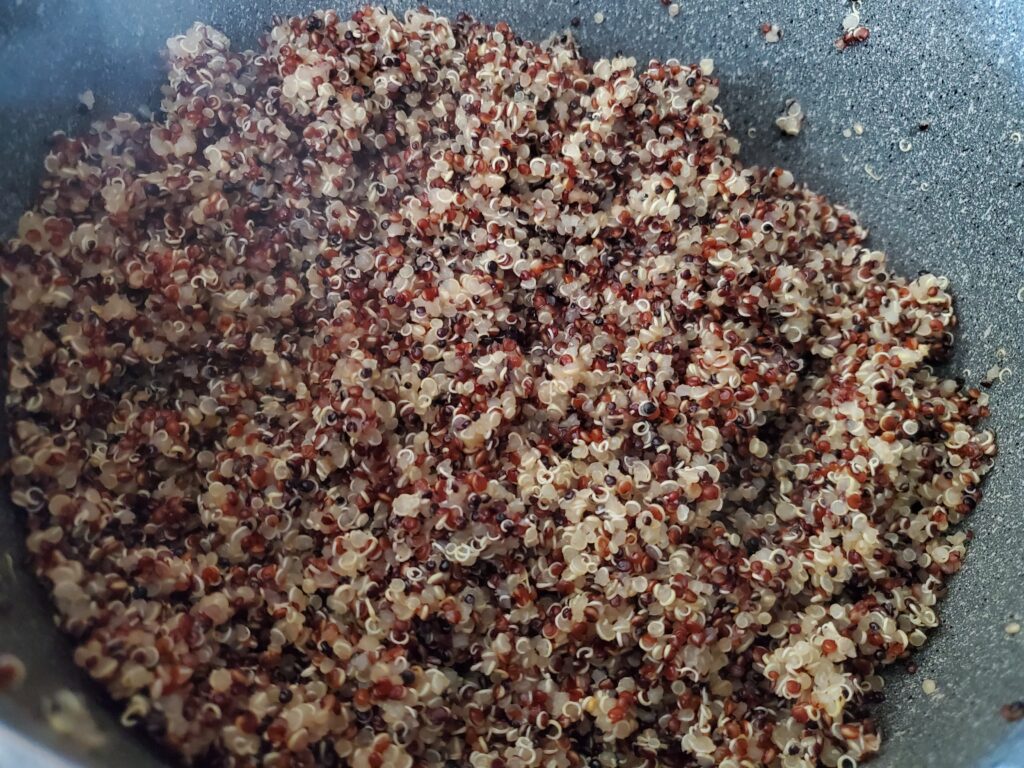
Place the tomatoes, peppers, onions, cucumbers, kale, olives, feta and chickpeas in a large bowl. Add the quinoa once it has cooled.
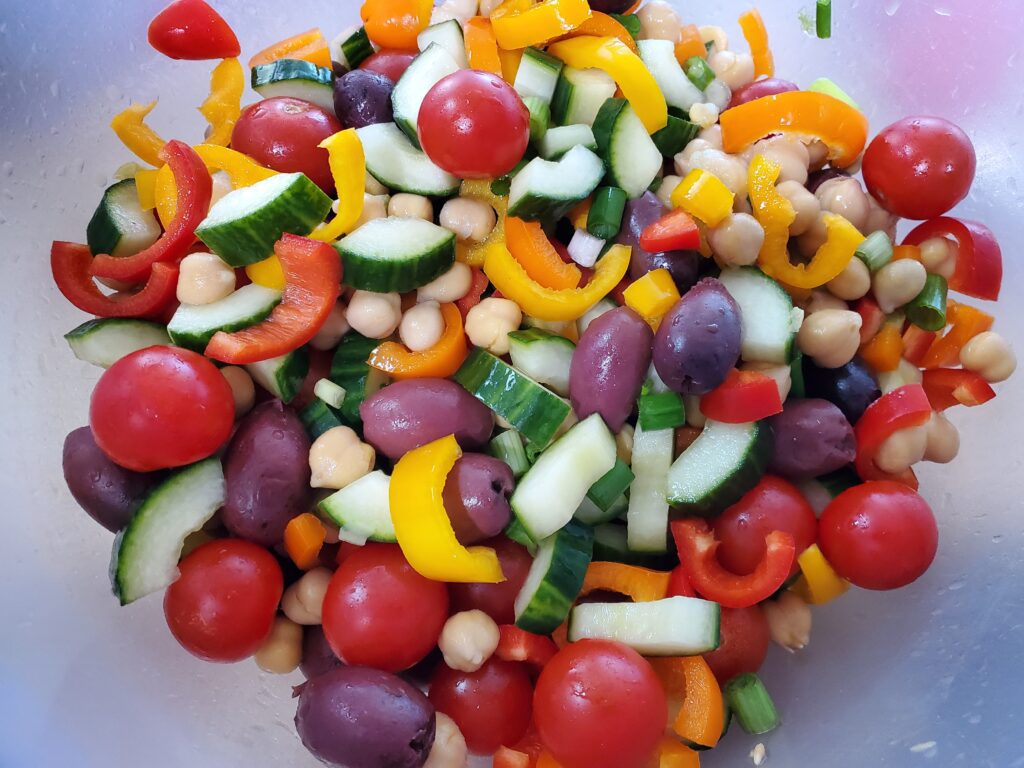
Prepare the dressing in a separate bowl. Add the olive oil, vinegar, lemon juice, oregano, mustard, salt and pepper to a bowl. Whisk until combined.
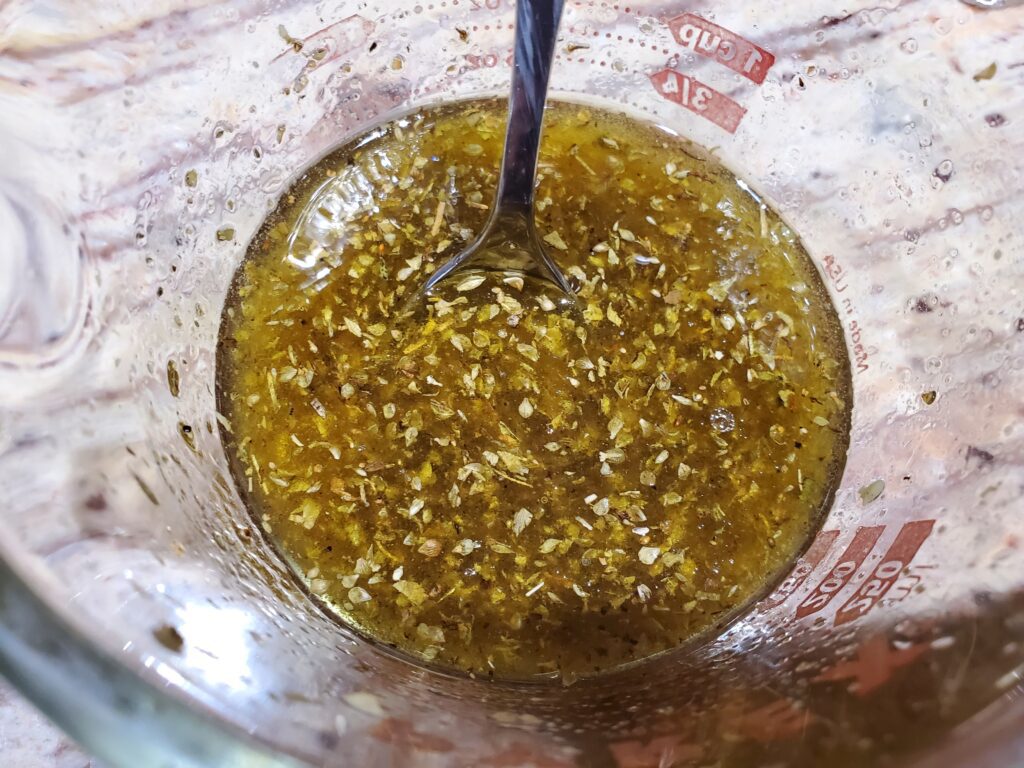
Pour the dressing over the salad and toss until well coated.
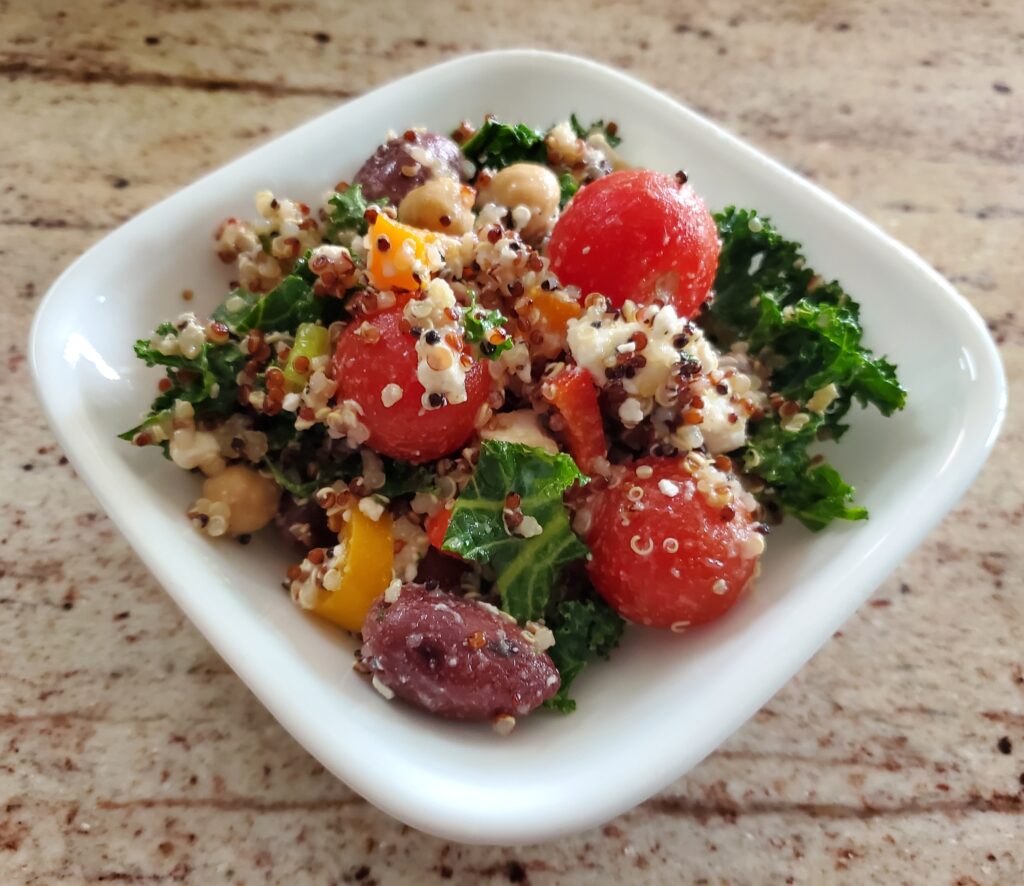
More Great Salad Recipes:
Check out this post for more great salad recipes for packed lunches.
Printable recipe
Servings
6 minutes
Preparing Time
30 minutes
Cooking Time
minutes
Calories
kcal
INGREDIENTS
1 cup tri-color quinoa
1 pint of cherry or grape tomatoes
1 bell pepper, chopped
6 green onions, chopped
1 cucumber, seeded and chopped
2 kale stems, stems removed and chopped
1/2 cup kalamata olives
5 ounces of fat free feta, crumbled
1 – 15.5 ounce can of chickpeas, drained and rinsed
1/3 cup olive oil
1/3 cup red wine vinegar
Juice of one lemon
1 teaspoon oregano
1 teaspoon Dijon mustard
salt and pepper to taste
DIRECTION
- Start by preparing the quinoa. Rinse 1 cup of the tri-color quinoa in a mesh strainer. Add the quinoa and 2 cups of water to a sauce pan. Bring it to a boil. Cover and reduce the heat to simmer for 15 minutes. Turn off the heat and allow it to remain covered for 5 more minutes.<br>Place the tomatoes, peppers, onions, cucumbers, kale, olives, feta and chickpeas in a large bowl. Add the quinoa once it has cooled.<br>Prepare the dressing in a separate bowl. Add the olive oil, vinegar, lemon juice, oregano, mustard, salt and pepper to a bowl. Whisk until combined.<br>Pour the dressing over the salad and toss until well coated.
NOTES
As an Amazon Associate, I earn on qualified purchases.



